EAST SIKKIM (GANGTOK)
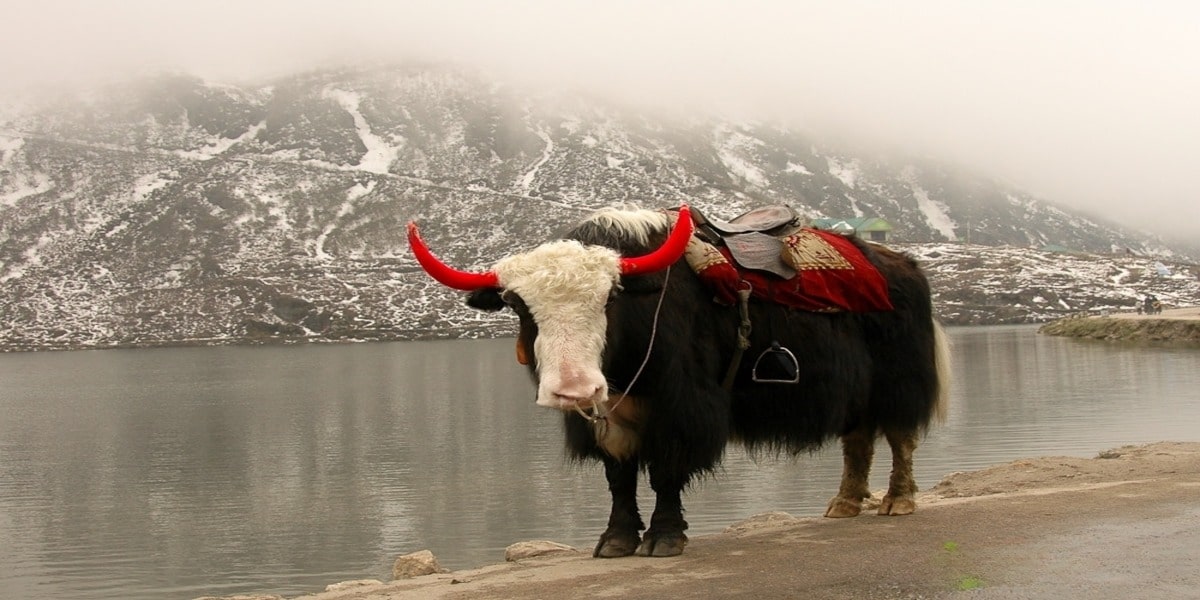
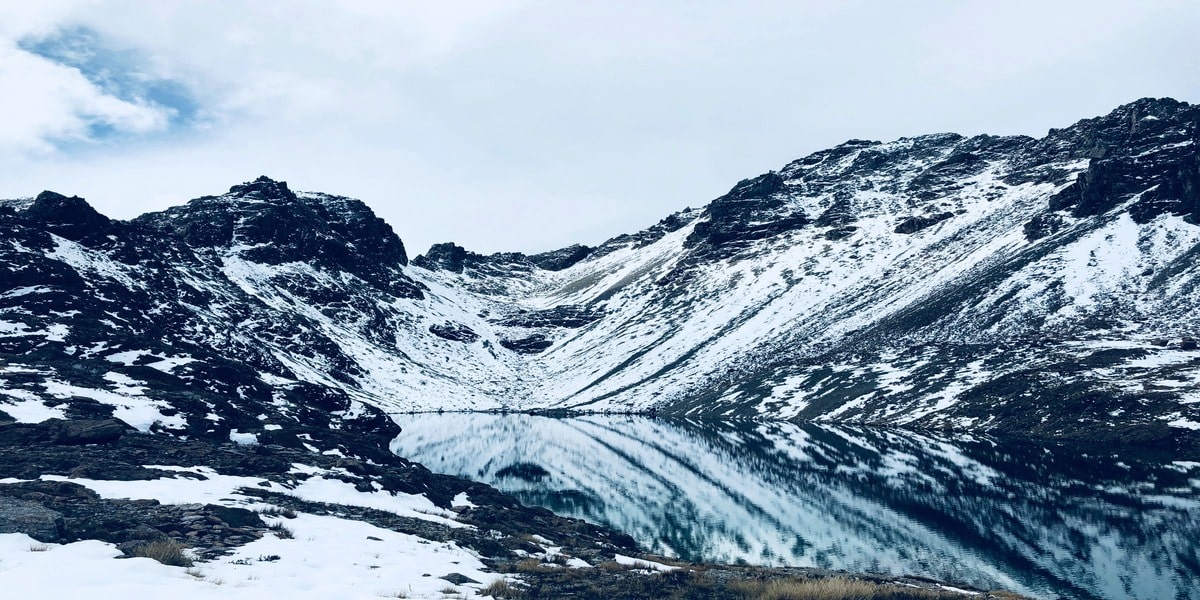
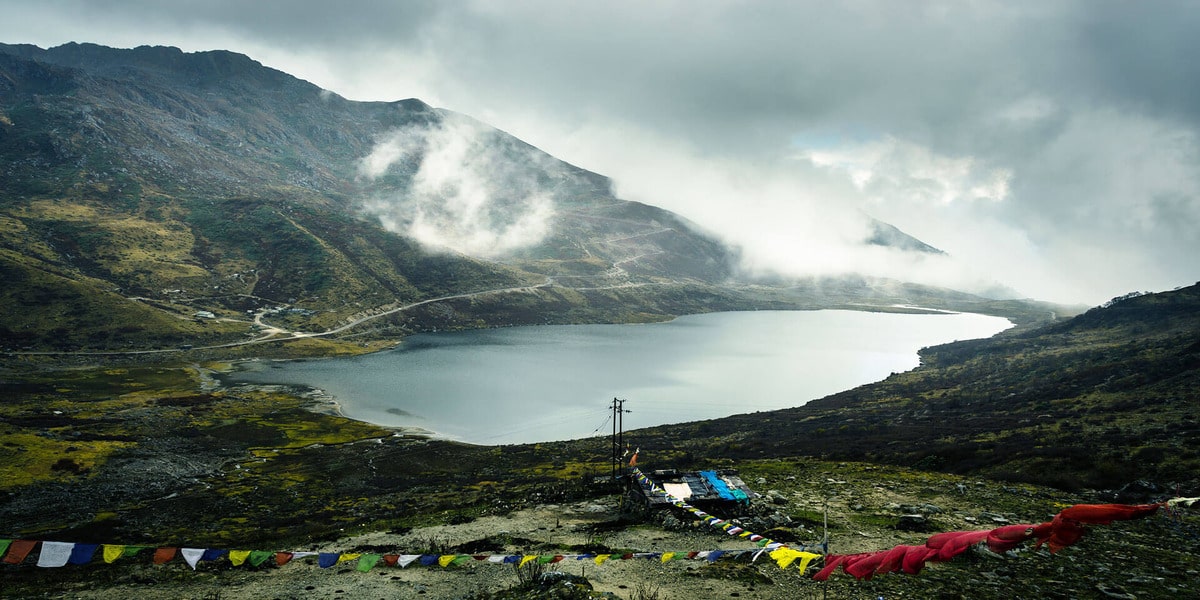
Tsomgo Lake
Tsomgo Lake, also known as Tsongmo Lake or Changu Lake, is a glacial lake in the East Sikkim district of the Indian state of Sikkim, some 40 kilometers (25 mi) from the capital Gangtok. Located at an elevation of 3,753 m (12,313 ft), the lake remains frozen during the winter season. The lake surface reflects different colours with change of seasons and is held in great reverence by the local Sikkimese people. Buddhist monks prognosticated after studying the changing colours of the lake. After the winter season ends in middle of May, the periphery of lake has scenic blooms of flower species of rhododendrons (the state tree of Sikkim), primulas, blue and yellow poppies, irises and so forth. Also seen in the precincts of the lake are several species of birds including Brahminy ducks. Wildlife seen includes the red panda.
Tourist attractions at the lake site include joy rides on decorated yaks and mules where kiosks offer variety of food and drinks. There is also a small Shiva temple on the bank of the lake. As the lake is located in a restricted area it is essential for all Indians visiting the area to obtain permits. In case of foreign nationals special permit is essential.
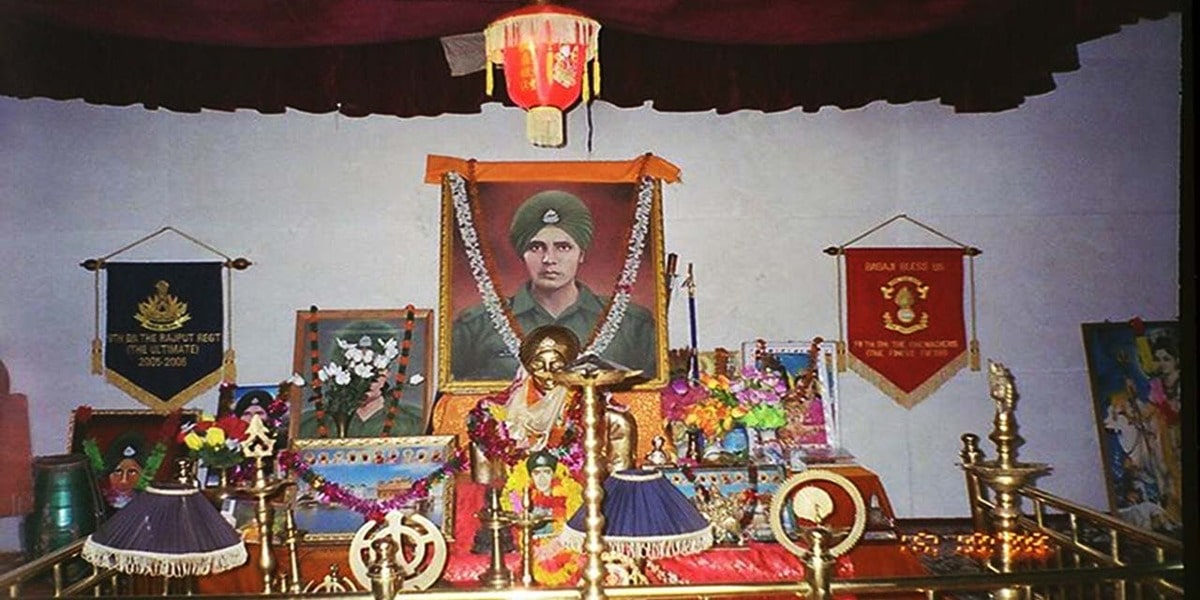
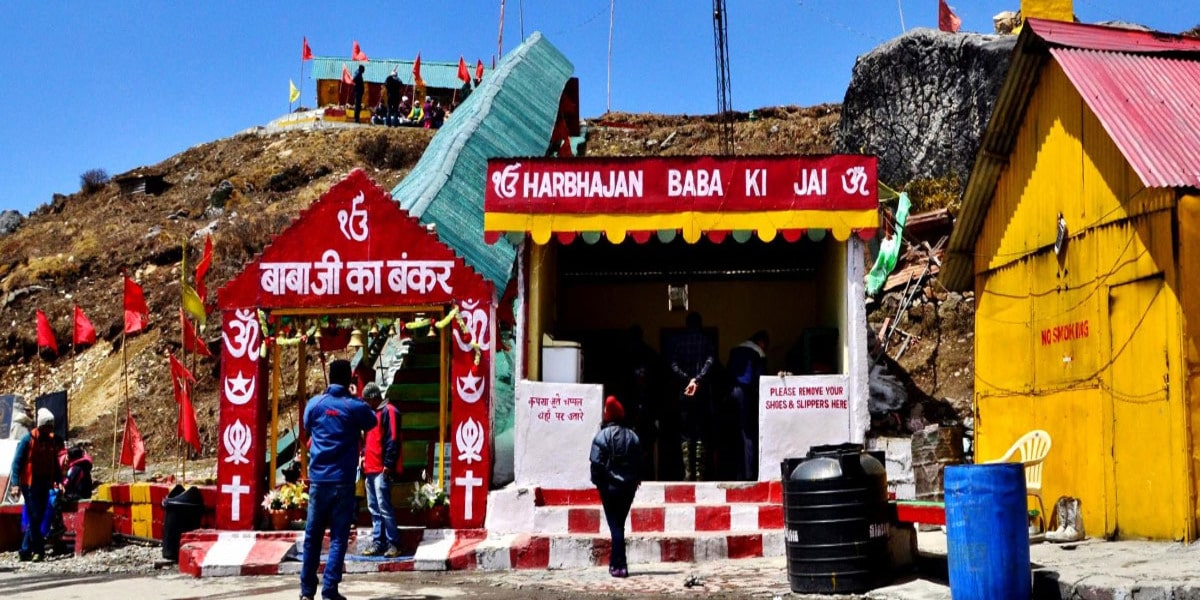
Baba Mandir
Located on the road between Jelepla and Nathula Pass, Baba Mandir is visited by hundreds of people every day. It is believed that the temple has wish fulfilling powers. The legend of Baba goes 35 years back when Sepoy Harbhajan Singh of the 23rd Punjab Regiment went missing. It is said that at the time he was leading a pack of mules from his battalion at Tukla to Deng Dhukla, both remote areas located in East Sikkim. After he went missing, a manhunt began and the army found his body after three days. It is also believed that he led all the soldiers on his own. The soldiers then reported that Baba started appearing in their dreams and directing them to build a shrine in his name. A samadhi was built in his memory and his believers exclaim that even today Baba visits every night, puts on his uniform and does his rounds. Baba is regarded as a saint who grants boons and guards the lives of soldiers posted along the border. An annual holiday is celebrated in September in the memory of the saint. People leave their water bottles at the mandir and collect it back on their way back. It is believed by them that the temple will bestow curative properties that helps cure many ailments.
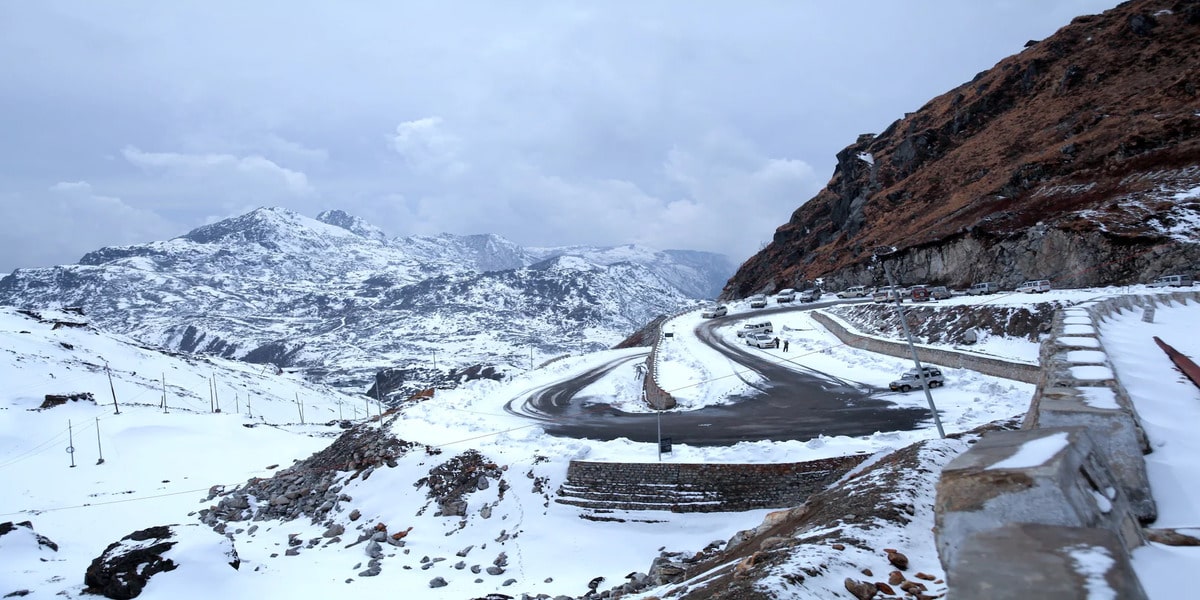
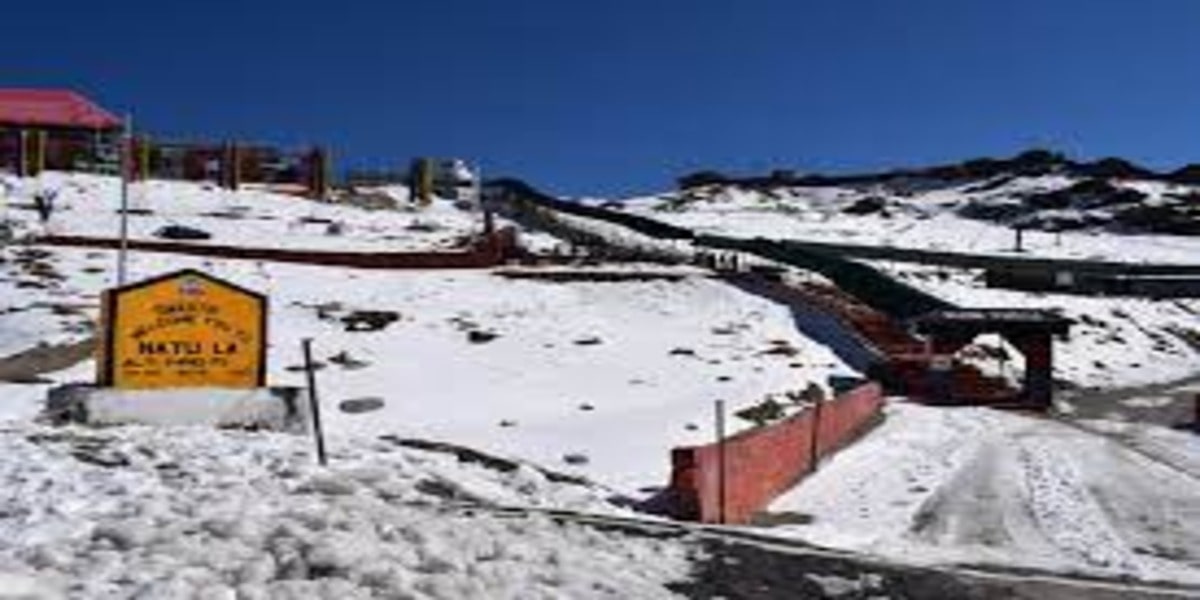
Nathula Pass
Nathula is a high altitude pass situated on the old silk route at the Indo-China border, and is the favorite hotspot for the tourists in Sikkim. Several visitors come here every year to enjoy the scenic trek to the valley while listening to the lyrical waterfalls striding the road from Gangtok to Nathula. It also offers the breathtaking view of the snow covered mountains under the light blue sky and the long winding roads. Nathu la offers the mesmerizing view of Chumbi valley of Tibet, guarded by mountains. ‘Nathu’ and ‘la’ are two Tibetan terms which means ‘Listening ears’ and ‘pass’. It is situated at an altitude 4302 m, and is one of the highest motorable roads in the world, blessed with picturesque beauty and fresh mountain breeze. The place mainly receives cold weather for most of the parts of the year and gets flocked with visitors during summers. One another fascinating fact about this mountainous pass is that it is one of the three trading border posts between China and India, the other two are in Himachal Pradesh and Uttarakhand.
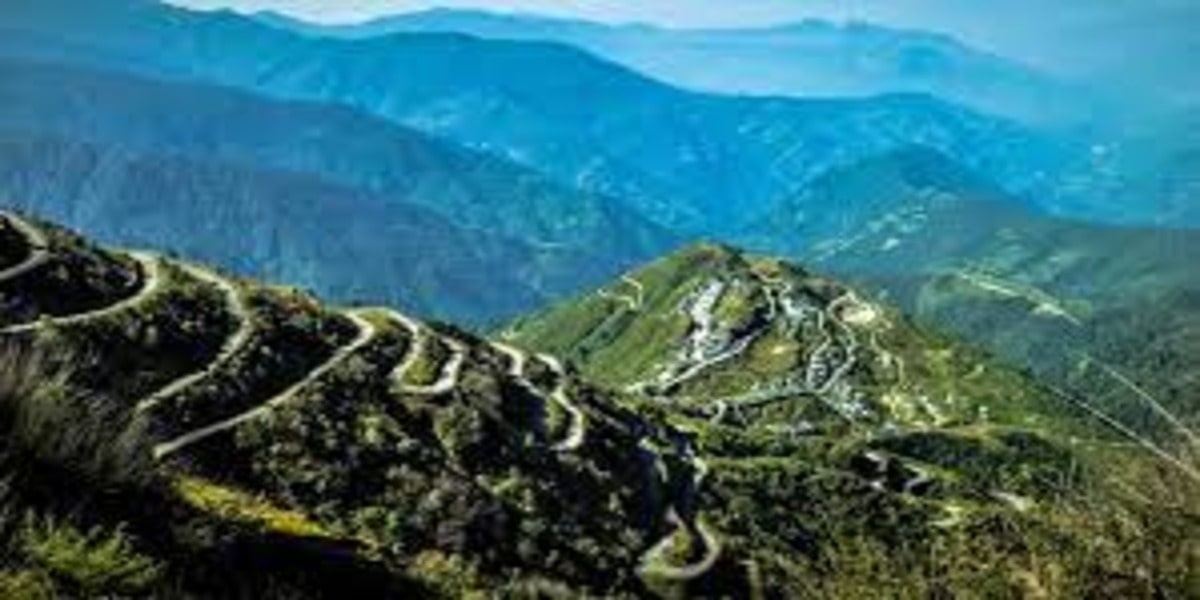
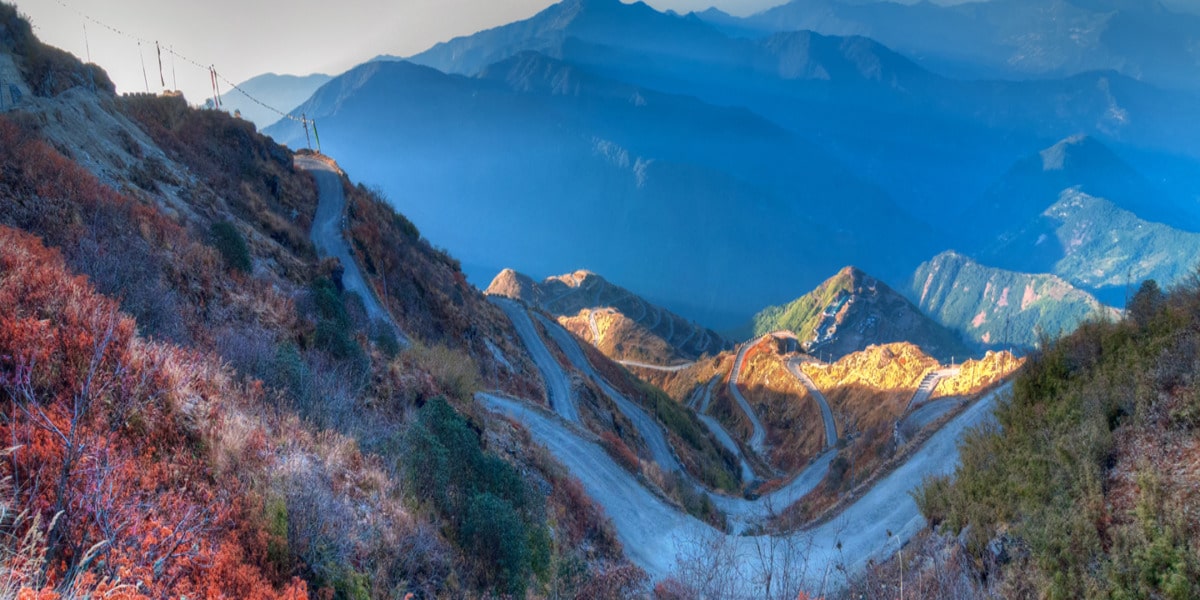
Zuluk
Silk Route, also known as the Silk Road, the wondrous Old Silk Route is located in east Sikkim
of India and is considered to be an integral part of the ancient nexus of trade routes that connected India to China. Located at a height of around 10,100 feet on the rugged terrain of the lower Himalayas in East Sikkim, Zuluk or Dzuluk is a small village beside a winding road. It was once a transit point to the historic Silk Route from Tibet to India. It is relatively an emerging and offbeat destination in East Sikkim. Due to its high altitude (Gnathang, 13,200 ft), serenity and breathtaking Himalayan view, Silk Route is now very much popular among travelers. It is an absolute paradise to behold. Adorned with natural lakes, snow capped mountains, roads with hairpin curves, and unadulterated natural beauty, this is a perfect bliss to be in Silk Route.
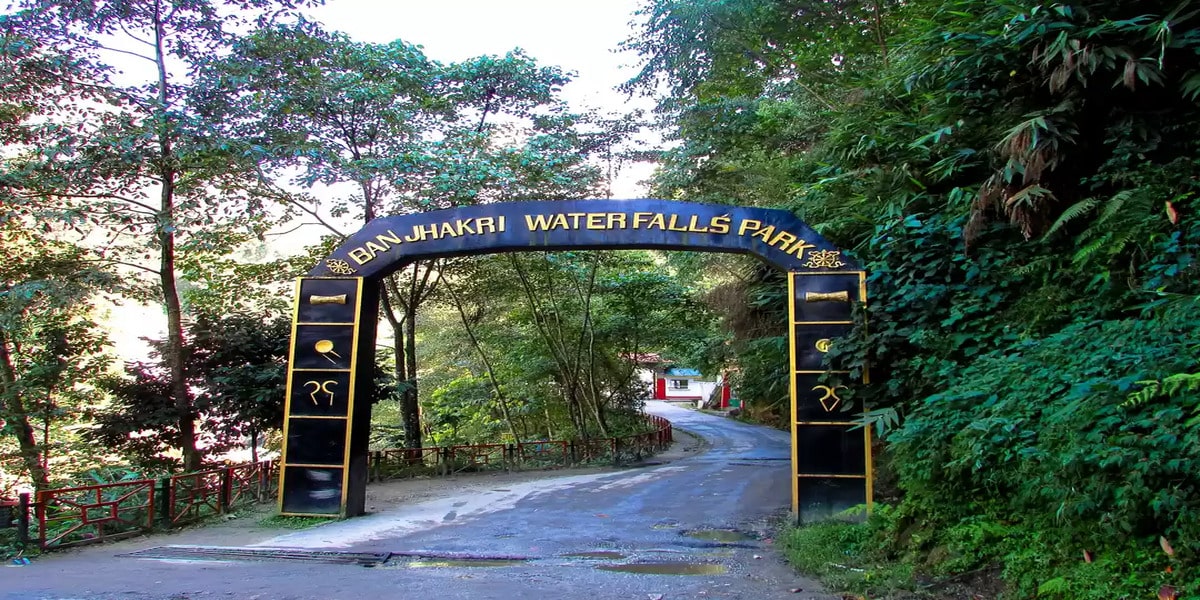
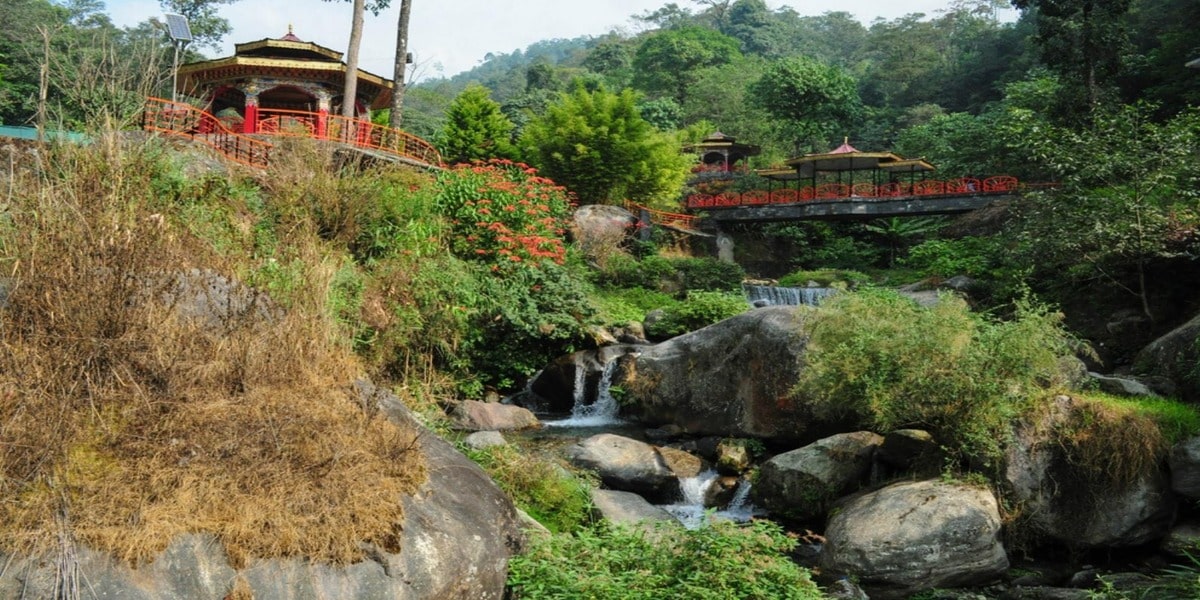
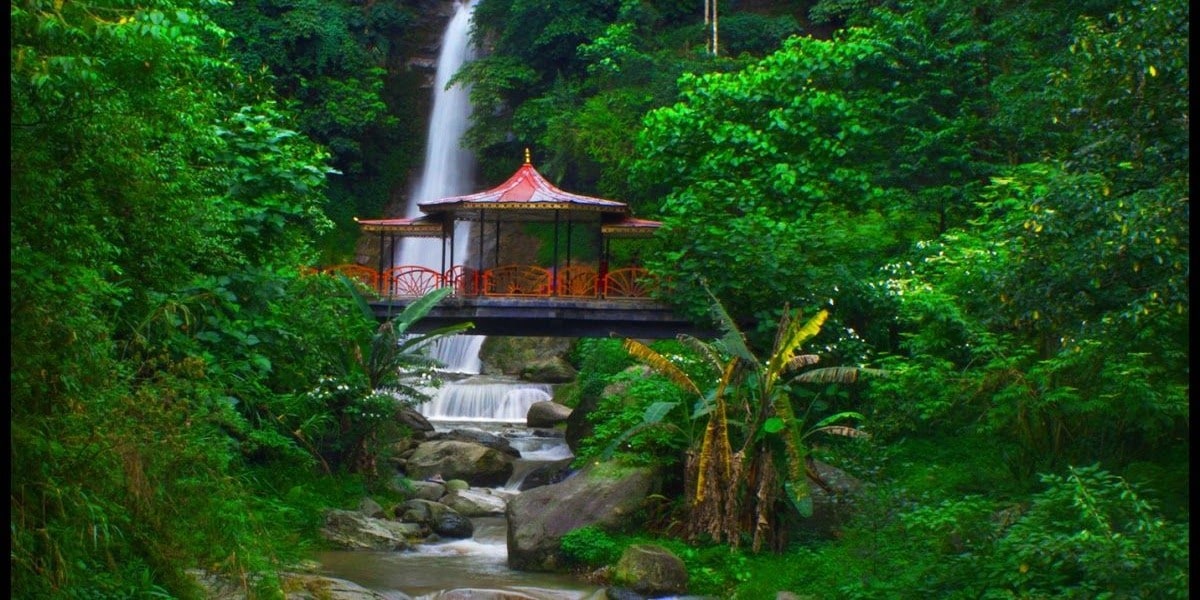
Banzhakri Falls
Banjhakri Falls doubles up as an Energy Park and is the perfect place for a picnic, or a leisurely stroll amidst nature. Spread out over 2 acres of forestland, the park contains a man-made lake, gazebos, paved pathways
and a footbridge. The park is thematically designed to portray the myth surrounding the Ban Jhakri, a shamanic deity, said to be the god of the forest and founder of Nepali shamanism. The Banjhakri Falls is naturally sourced from freshwater springs higher up in the mountains. It is the crowning jewel of the park and ups the natural aesthetic value of the tourist attraction. Situated around 6kms from Gangtok town, one can hire a local taxi from the market area and reach the park in about 30 minutes. Since the park is on the way to Ranka village, you can stop by the park after checking out the Ranka Monastery.
PLACES TO VISIT IN NORTH SIKKIM
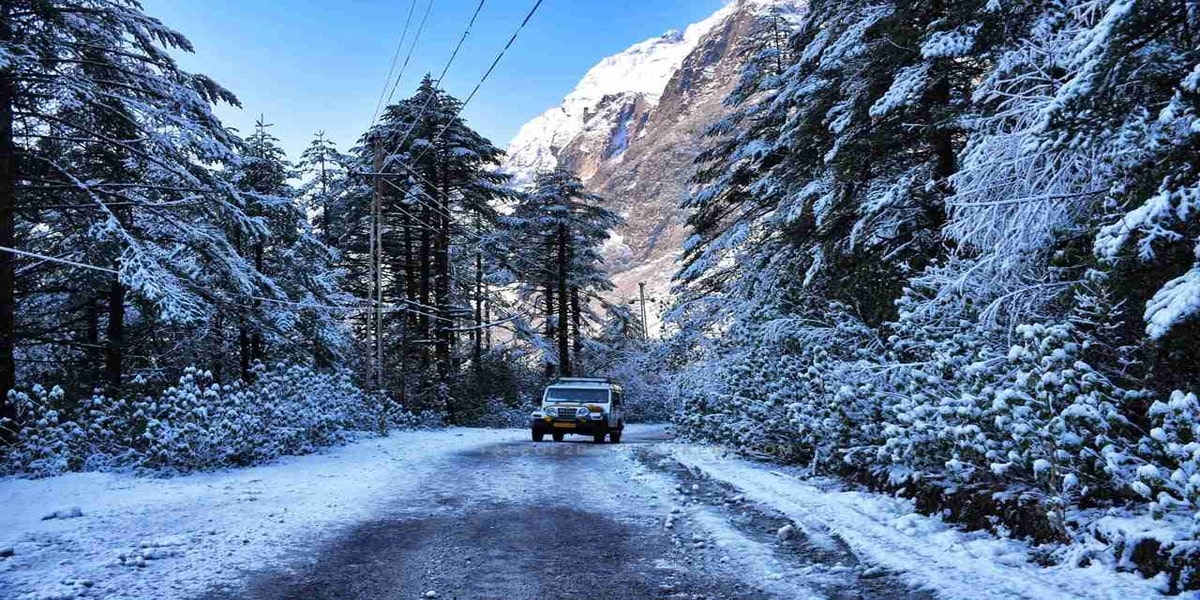
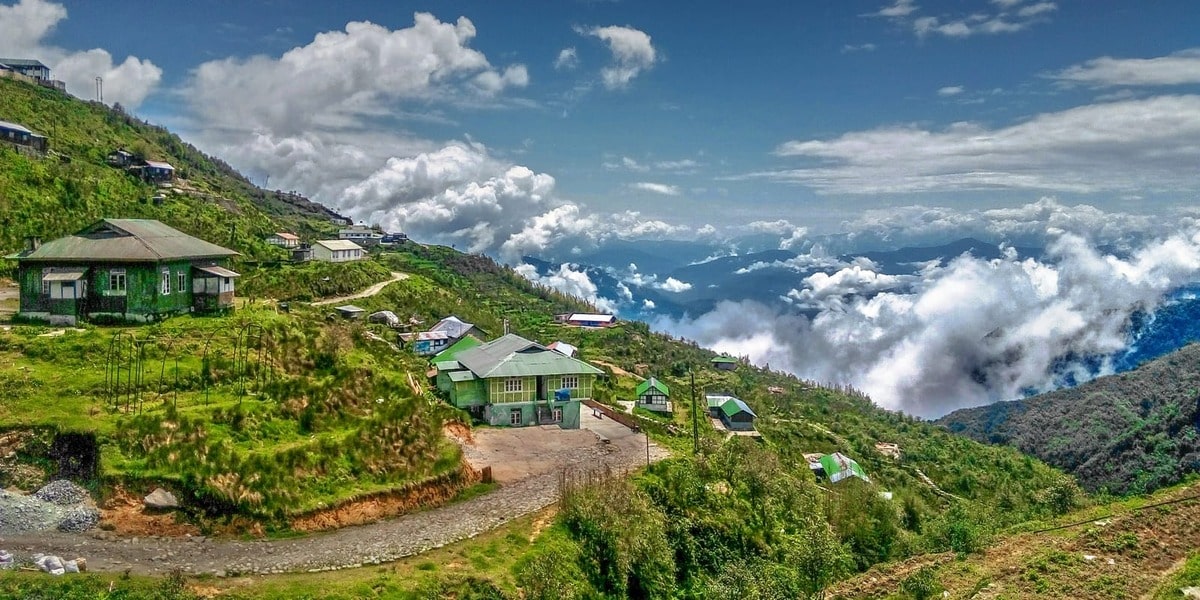
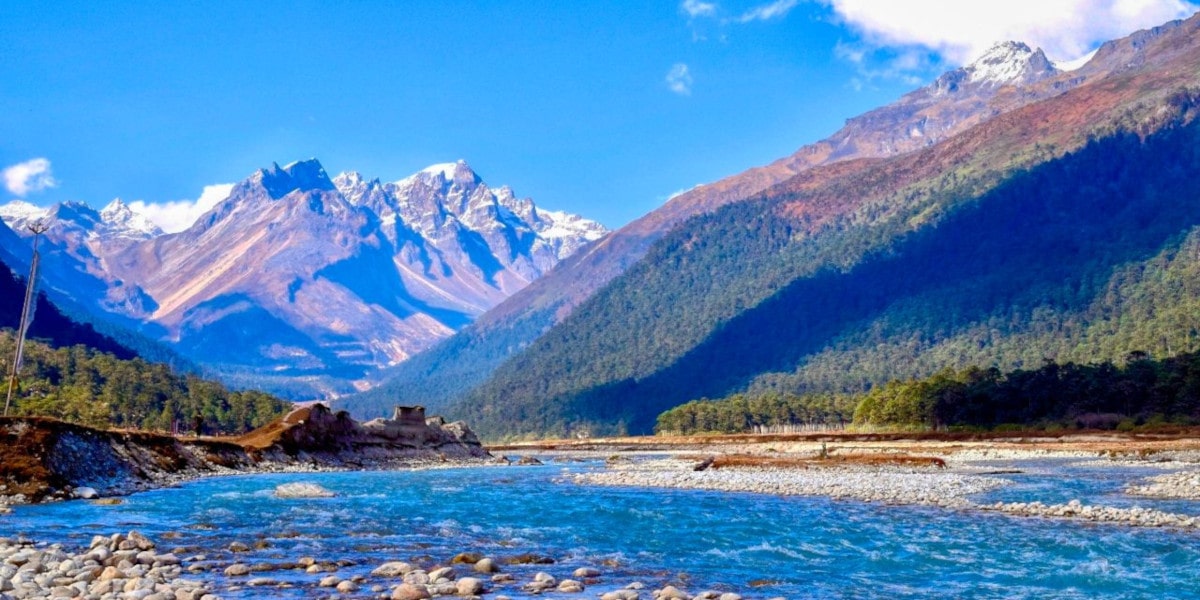
Yumthang Valley
This valley is one of the best Lachung tourist attractions and it will be a sin to miss experiencing the hidden beauty in it. It is home to a variety of breath-taking Himalayan flowers, twenty-four species, to be precise; hence popularly known as the valley of flowers. Each step on the magical and flower-spread grassy plains will give a unique feeling and has the potential to keep you in a state of peace and tranquility for ages.
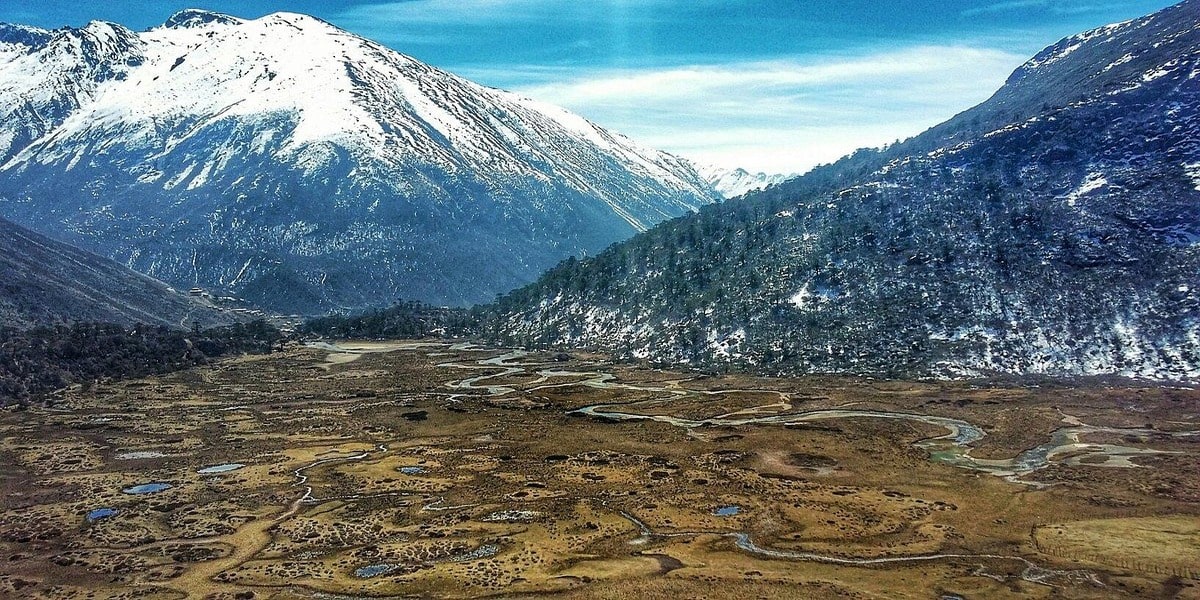
Chopta Valley
For those who want to witness vibrancy like that of a rainbow, don’t miss out going to Chopta Valley in Lachen, a sought-after sightseeing place, especially during the spring season. You may have never seen something so phenomenal that you may feel the ground slipping under your feet. Adding more charm to the sight is the awe-inspiring view of the snow-capped Himalayas. While steering towards Chopta, you will also come across a beautiful lake called Gurudongmar, another antique piece in the region one must visit. Named after the founder of Tibetan Buddhism, Guru Padmasambhava, this lake is considered holy by the Buddhists. Gurudongmar Lake holds religious significance associated with Hinduism and Sikhism too.
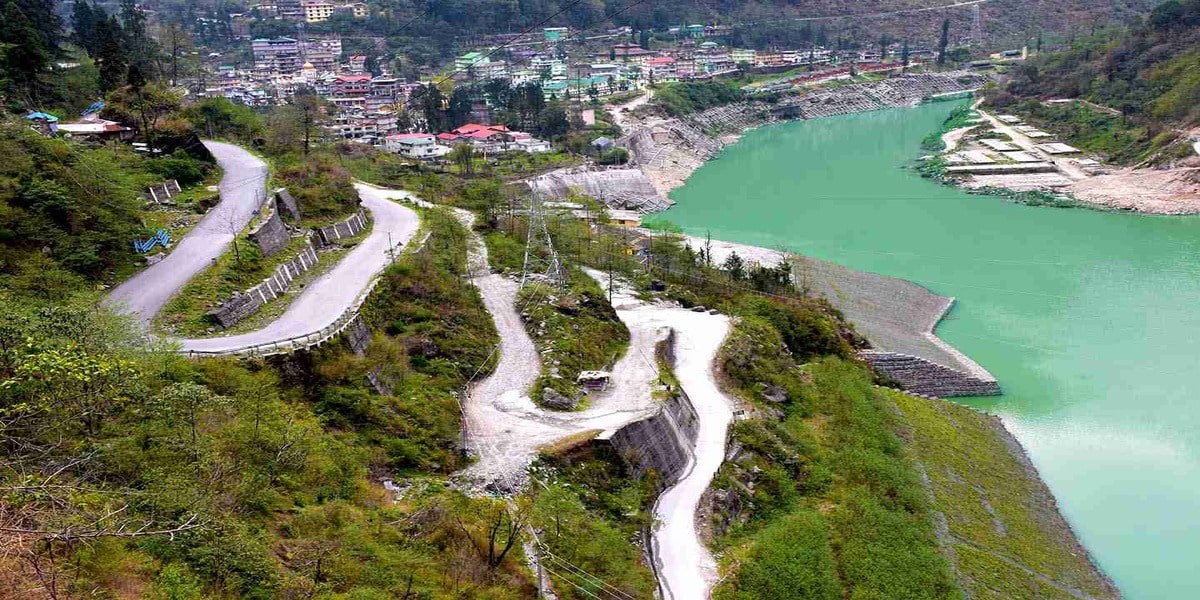
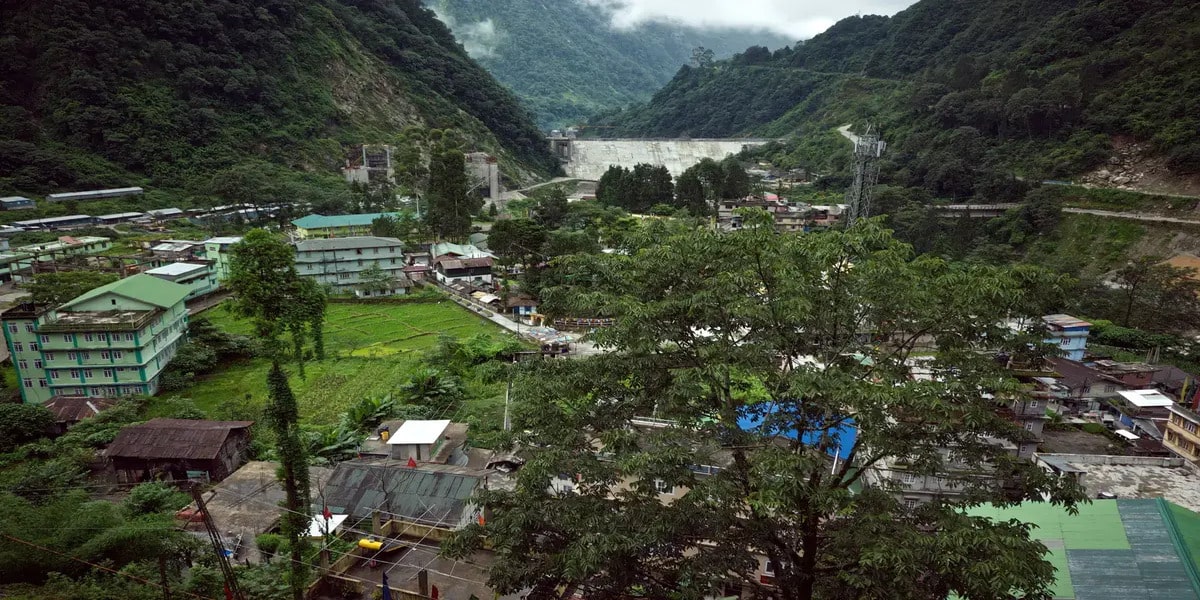
Chungthang
Chungthang Valley is believed to be a holy place which has been blessed by Guru Padmasambhava, the patron saint of Sikkim. There is a rock here which to this day bears the hand and footprints of Saint Padmasambhava. From a small opening in the rock there is continuous flow of mineral water.
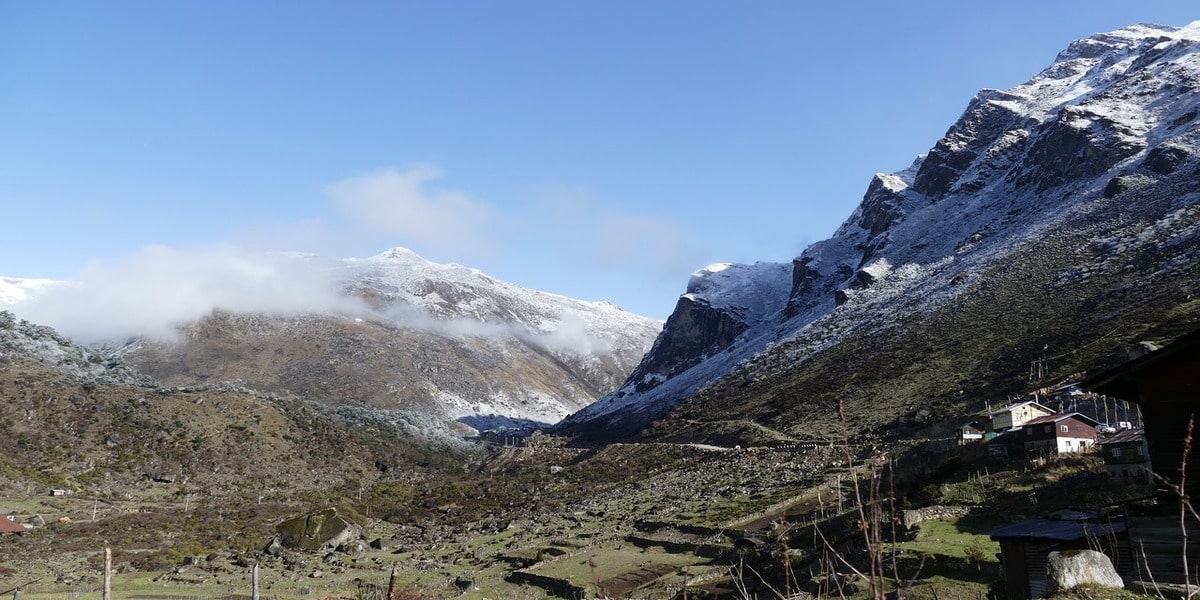
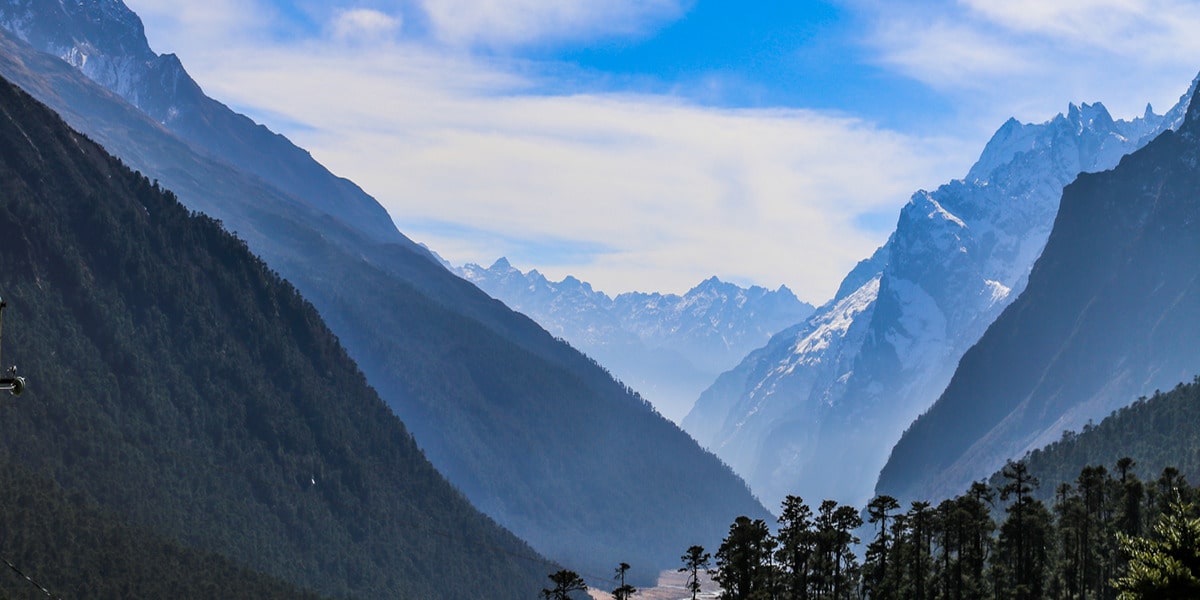
Thangu Valley
Tranquil and scenic is what Thangu Valley is all about. Due to its high altitude located of around
3962 m, it is covered in the blanket of snow almost all the time. The valley comprises alpine meadows that are flanked by shimmering water of River Teesta and wooden houses, offering a picturesque sight to witness. Apart from Teesta River, three more rivers, Chopta, Thangu and Lassur also flow through this valley. There is also a small village of the same name in the valley, which is used as a halt by tourists heading to the beautiful and popular attraction of Sikkim, Gurudongmar Lake.
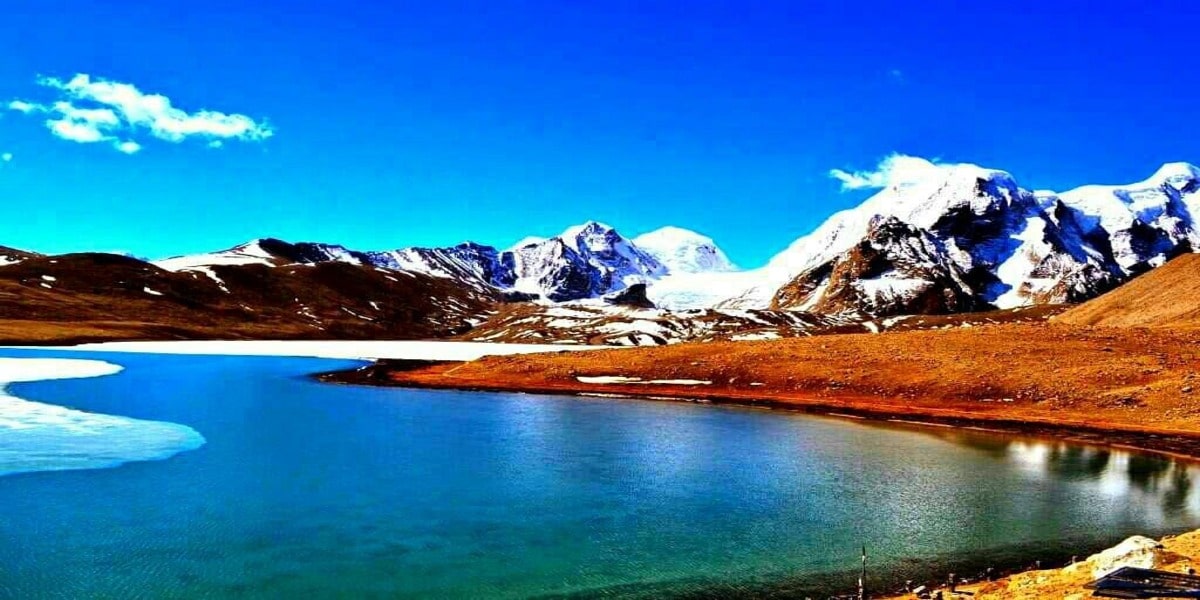
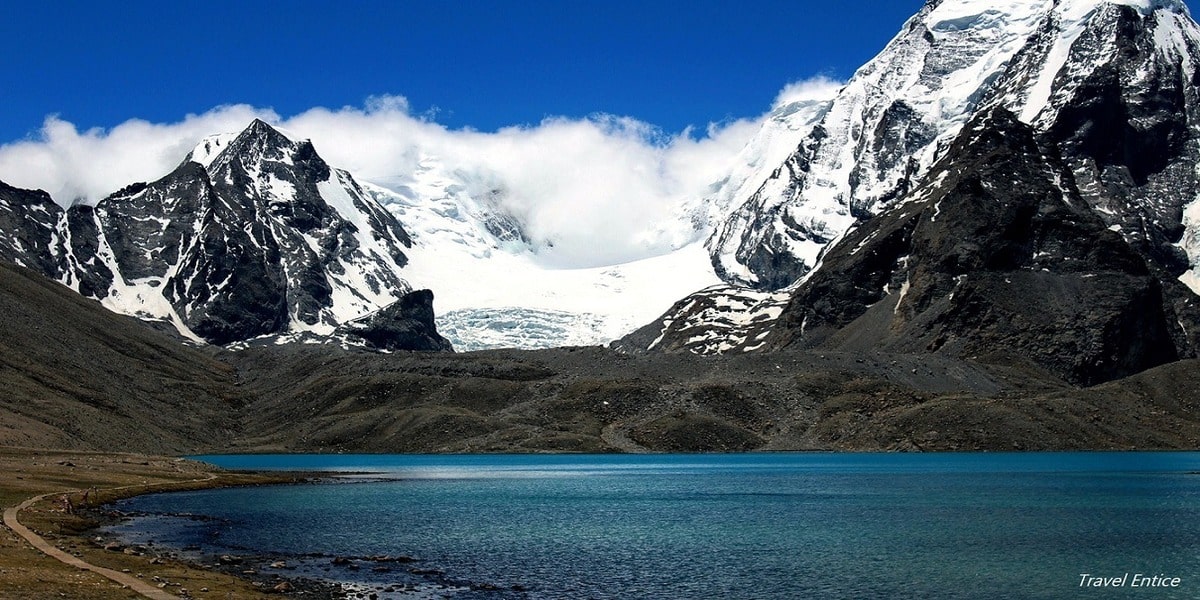
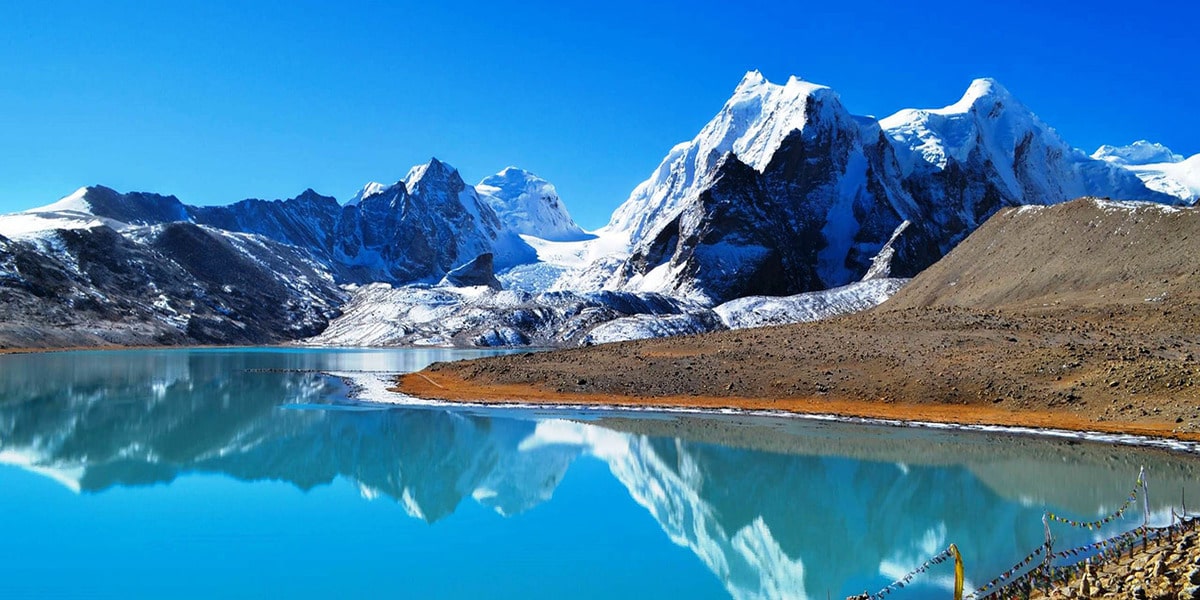
Gurudongmar Lake
Gurudongmar Lake is one of the highest lakes in the world and in India, located at an altitude of 5,425 m (17,800 ft), in Sikkim. It is considered sacred by Buddhists, Sikhs and Hindus. The lake is named after Guru Padmasambhava—also known as Guru Rinpoche—founder of Tibetan Buddhism, who visited in the 8th century. If you believe in Nature magic then you really need to visit the Gurudongmar Lake, Sikkim. Located at the towering height of 17,100ft, this lake is the best example of tranquility one attains on a magical place. Nestled amidst snow-covered mountains, it is highly sacred for both the Hindus and the Buddhist. According to the local beliefs, it is said that one of the parts of this lake was blessed by Guru Rinpoche, so you will always find that particular spot never freezing no matter how hard the winter is. Another belief which is believed here is that worshipping this lake grants the wishes of the couples who cannot have children! The lake provides one of the source streams which joins the Tso Lahmu and then form the source
of the Teesta River. The lake remains completely frozen in the winter months, from November to Mid-May.
PLACES TO VISIT IN SOUTH SIKKIM
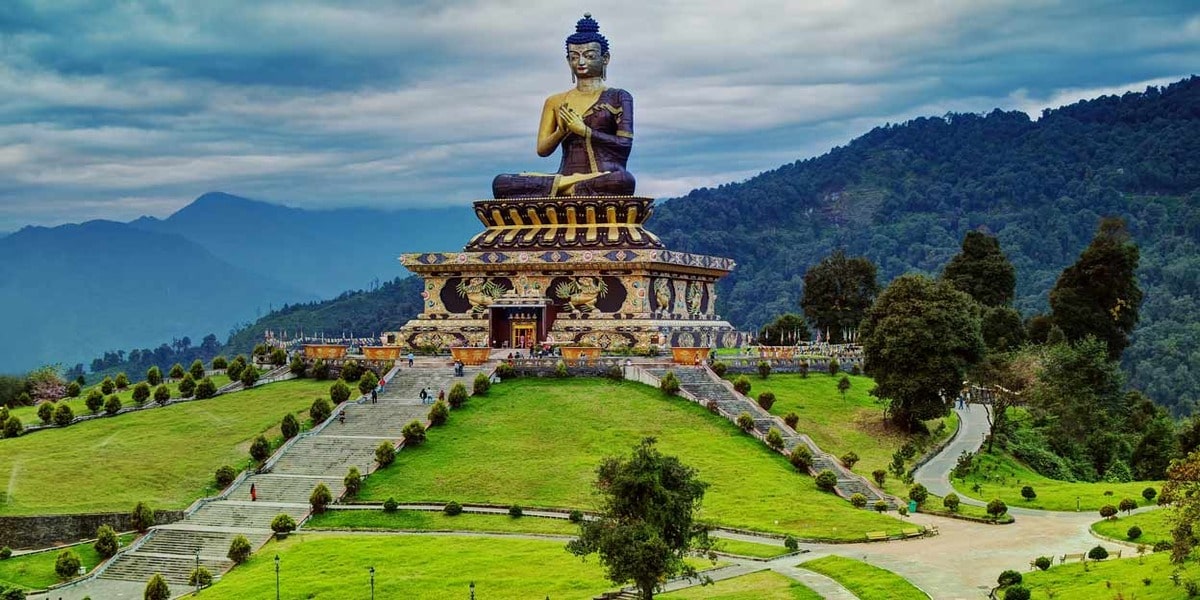
Ravangla (Buddha Park)
Peacefully situated in a little vacationer’s town in the southern piece of Sikkim, Buddha Park is
an unquestionable ‘must visit’ destination for all. This popular fascination fills in as a vital historic point to the Buddhist community; it was built by virtue of the 2550th birth commemoration of Lord Gautama Buddha in 2006. Also, to erect the 130 – foot high statue Ravangla was picked. This celestial attractiveness fenced in by rich eco plant likewise advances journey tourism in Sikkim. Buddha Park is for the most part secured by tinkers and both universal and household visitors respecting the grand appeal of the dedication and its encompassing excellence. Furthermore, Cho Djo Lake is additionally situated inside the intricate giving it an additional fascination in visit.
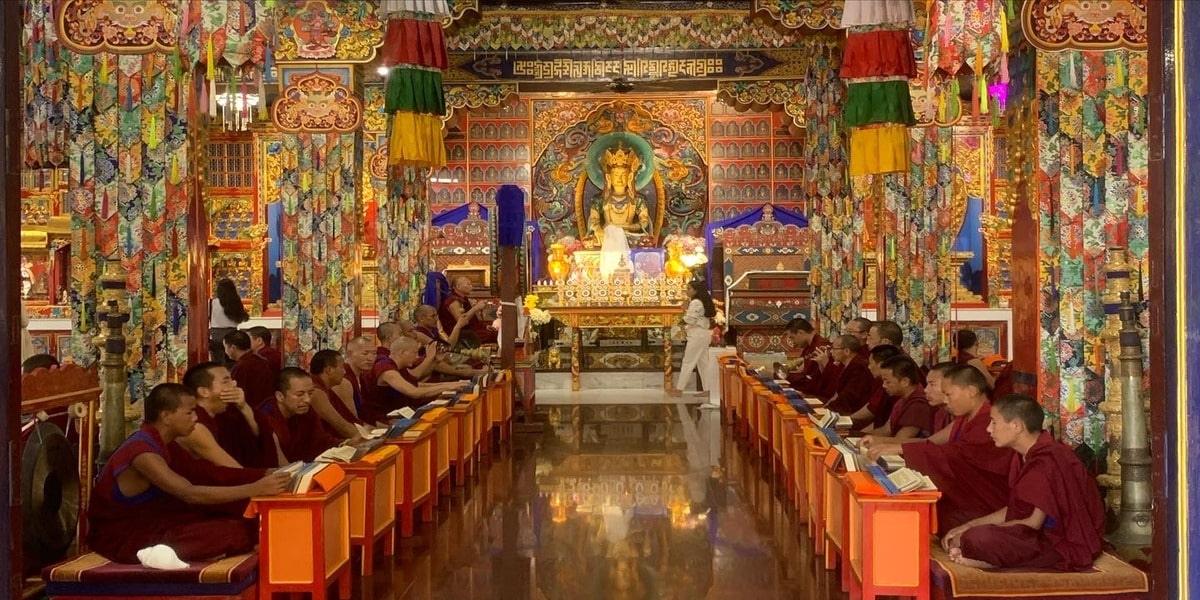
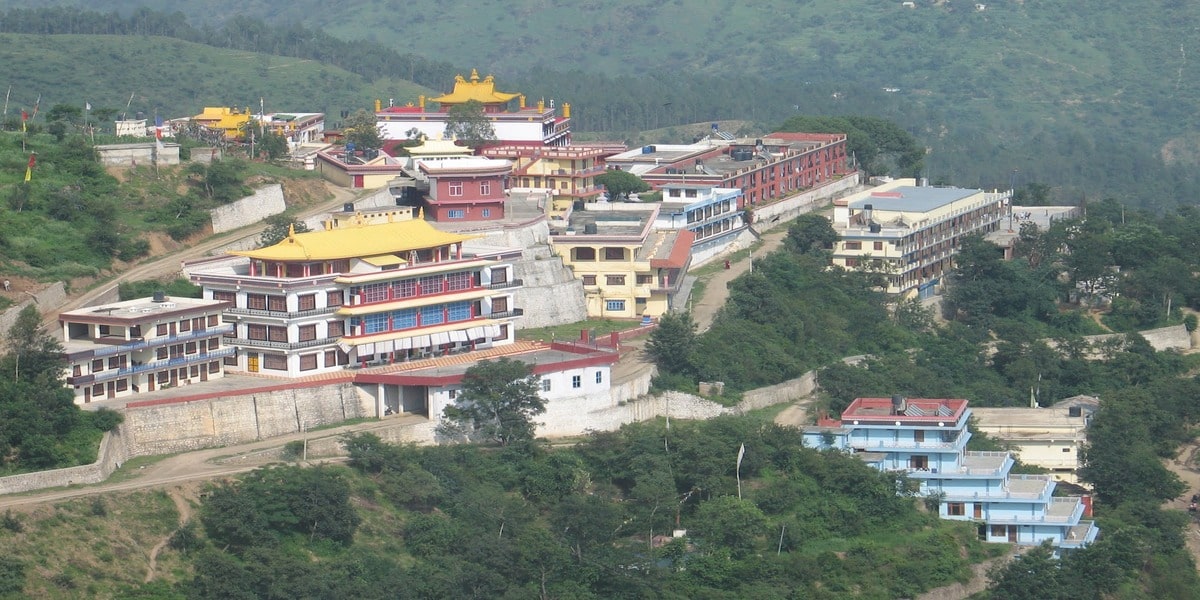
Bon Monastery
Amidst composite and quiet condition, Bon Monastery or Bon Yung Dung Monastery is situated in Kewzing offering a wonderful perspective of the slopes and valleys of southern Sikkim. It is a beautiful destination as it is one of the most renowned monasteries in Sikkim. Indeed, there are just two Bon Monasteries in India; one existing in Kewzing, Sikkim and the other in Solan, Himachal Pradesh. This monastery was first settled in 1980 by late Yung Dung Tsultrim.
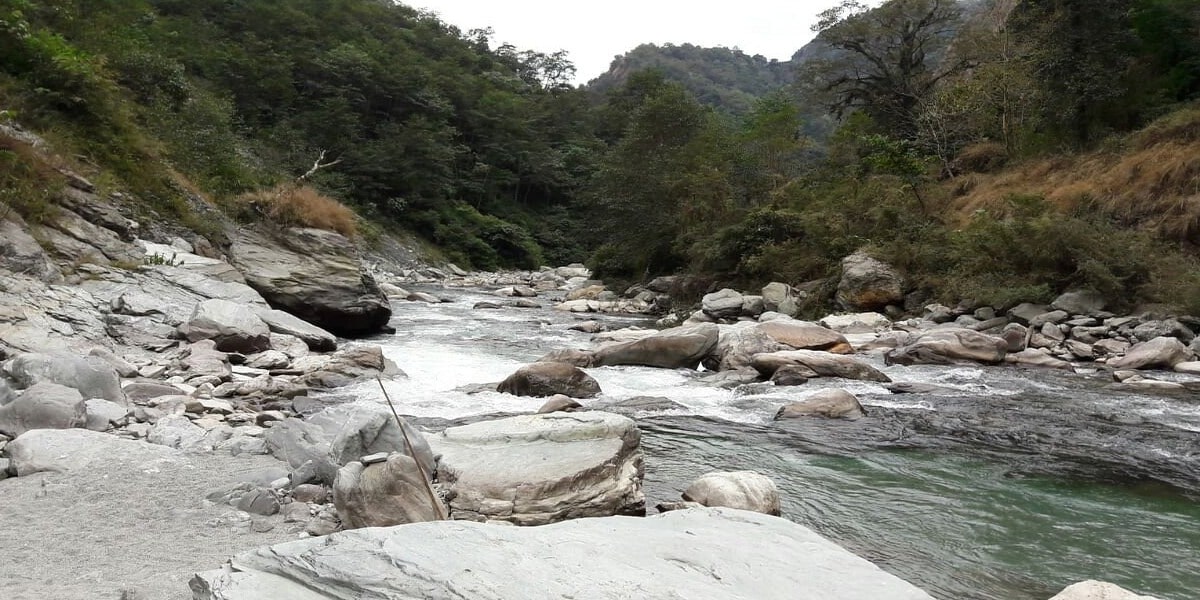
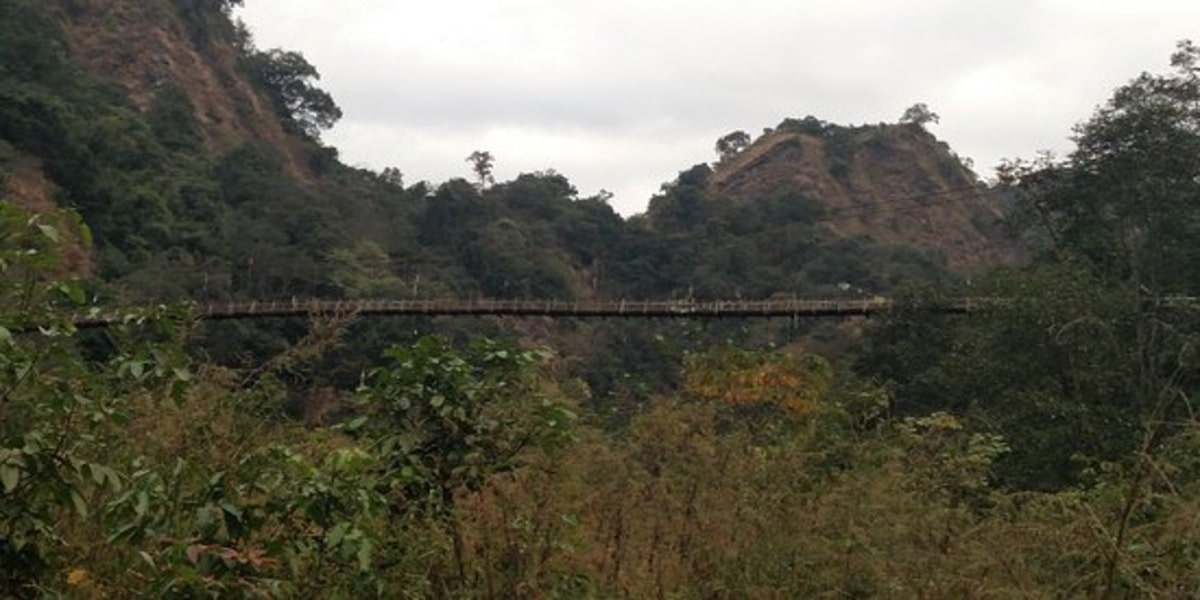
Ralong Hot Springs
Ralong Hot Springs, exceptionally famous among local people by the name of ‘Ralang Cha-Chu’, is arranged close Ravangla in South Sikkim. These pools of sulfurous water enriched with picturesque appeal, are common steaming saunas that have the remedial influence to fix many skin infections. Aside from this, Ralong Hot Springs additionally conveys religious centrality, being situated close to one of the blessed caves of Sikkim. This place is likewise a trekker’s ecstasy, guided by different exciting trails and incredible perspectives of covered hills all around.
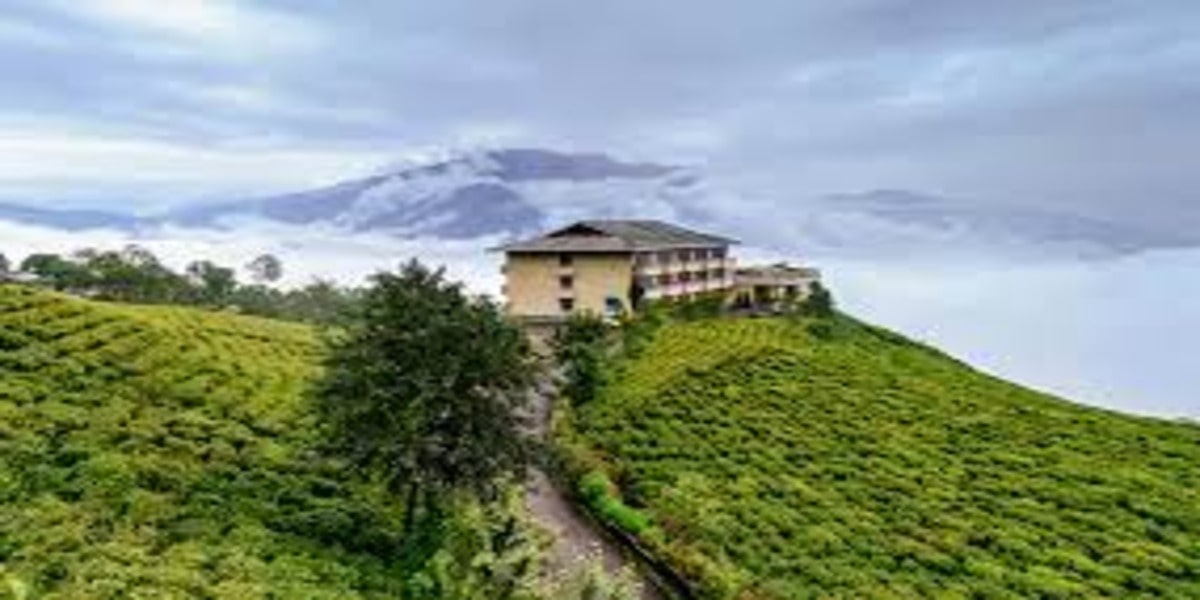
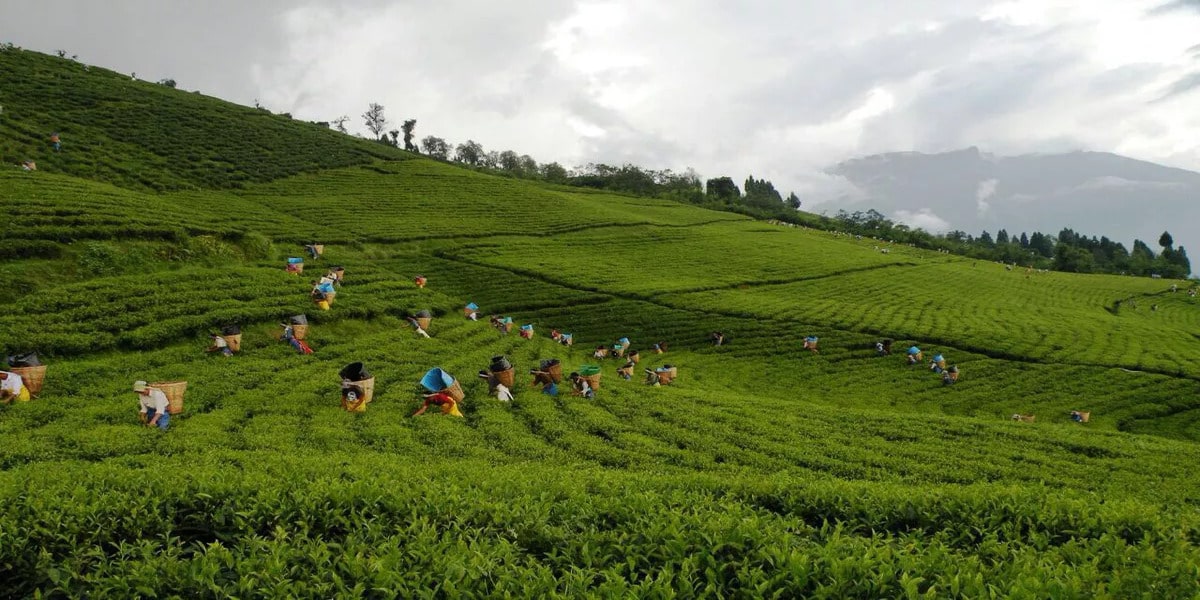
Temi Tea
Built up in the year 1969 by the Government of Sikkim, Temi tea plants are developing along the lofty inclines of the slopes rising up out of the Tendong Hills; extending from 1200 to 1800 m. The 177 hectare spread patio nurseries of Temi create the superior quality tea leafs having global request. The path to the preparing plant, enroute Tendong Hill, is set apart with very much trimmed cherry bloom trees in the midst of the fields lavish with greeneries and munching grasses.
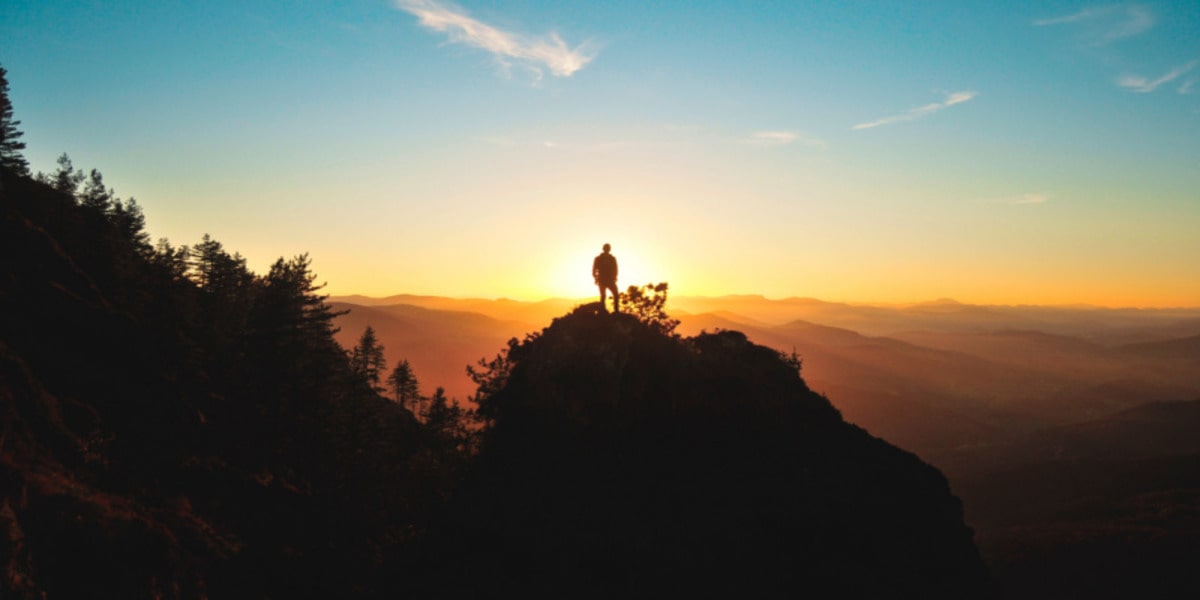
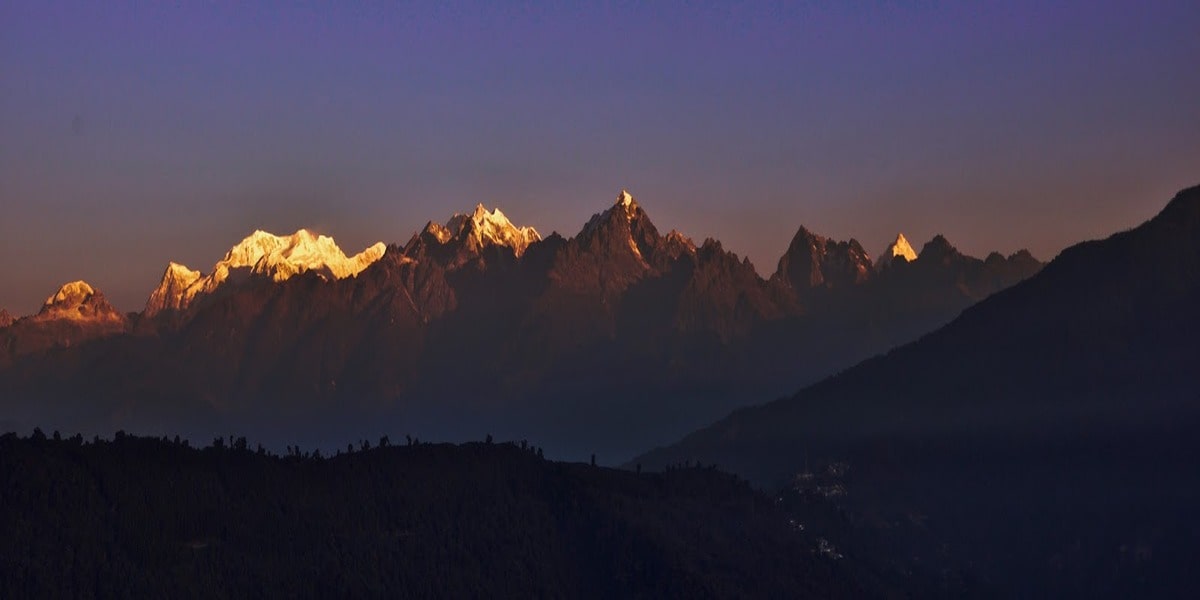
Maenam Hill
Maenam Hill arranged at an elevation of 3140 m, is well known place for offering the most encouraging views of the luxuriously forested slopes diverging from the glossy Mt. Khangchendzonga behind. Its rich green scenes adorned with the windings ways for the trekkers, neglect the entire captivating town and even past, if it’s a sunny morning. Maenam Hill is the zenith of the considerable number of edges that unequivocally remains in the midst of the two noteworthy streams of Sikkim; the Teesta and the Rangeet. Disregarding its thick timberland, it is also home to numerous uncommon types of Himalayan creatures and winged animals. The tranquil and reflective surroundings move the guests to lose all sense of direction in its entrancing magnificence and end up one with the nature.
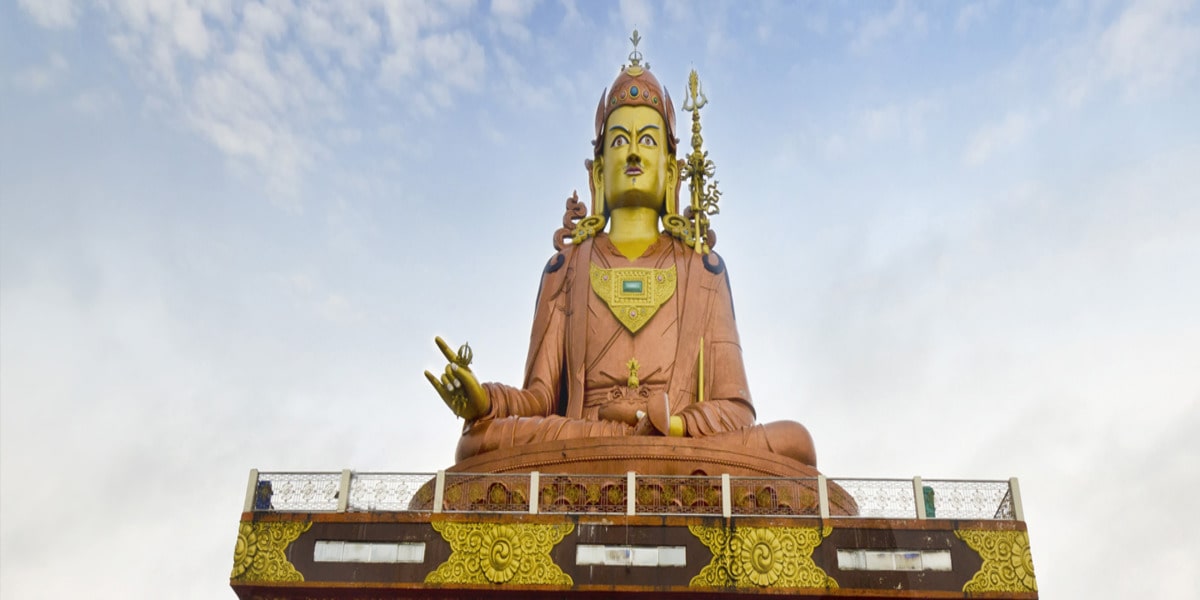
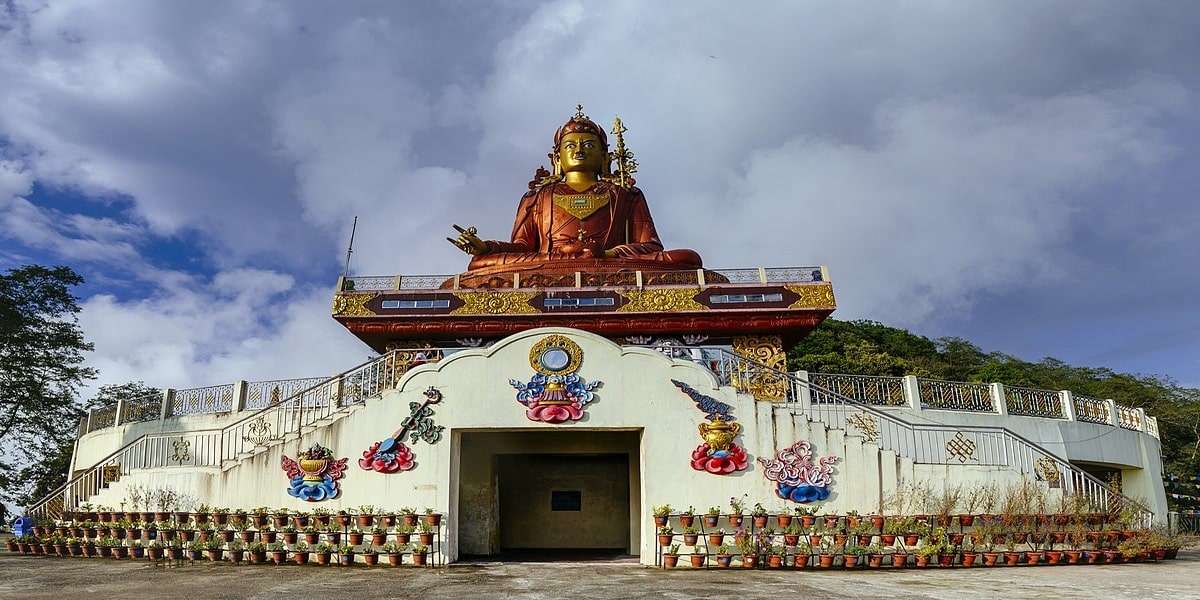
NAMCHI (SAMDRUPTSE HILL)
Samdruptse Hill; the ‘wish fulfilling hill’ is only 5 km far from Namchi, arranged at an elevation
of 2134 m (7000 feet). This place is ornamented with a goliath statue of the Guru Padmasambhava (Guru Rinpoche); the benefactor holy person of Sikkim who has been showering its endowments since over 1,200 years. It is a 45 m tall statue, covering the entire city, and is overlaid with gold that sparkles when the daylight falls over it. This place further offers a panoramic view of Mt. Kangchenjunga among the luxuriously forested hills under the blue painted sky. It is believed that the hill is a point of dormant lava and no one but prayers can hold it from erupting.
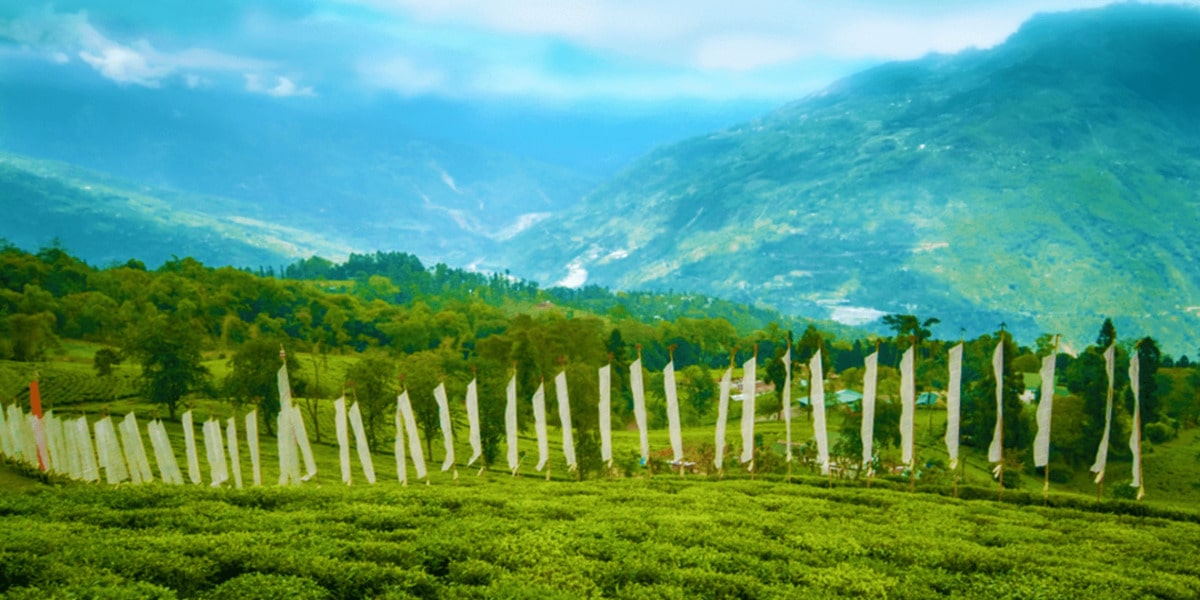
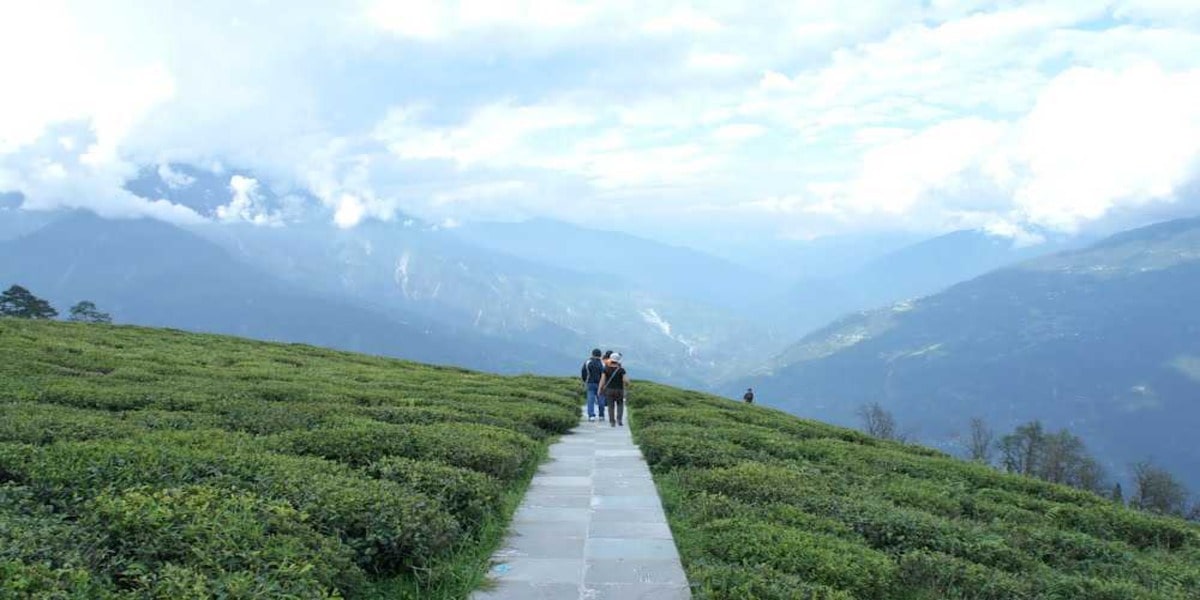
Tendong Hill
The retaining sight of the hills and valleys from Tendong Hill dazzles and titillates each nearby
and out-of-towners. Situated above Damthang, Tendong Hill is encompassed by richness made by the unstoppable force of life. This fascination is an absolute must visit for those that enjoy time close to nature. From here, you can see an entrancing sight of the rough looking slopes of the southern capital of Sikkim, Namchi, which itself pulls in numerous voyagers to share in adventure exercises like boating and trekking. Actually, Namchi is the principle base for trekking
to Tendong Hill, in any case, Damthang town can likewise be considered as an optional base campground since this place is also situated on the hill. There are around 90 types of feathered creatures that rush around the zone and an expansive number of warm blooded animals like Himalayan Bears, Red Pandas and Leopards that safe house in the midst of these bored woods.
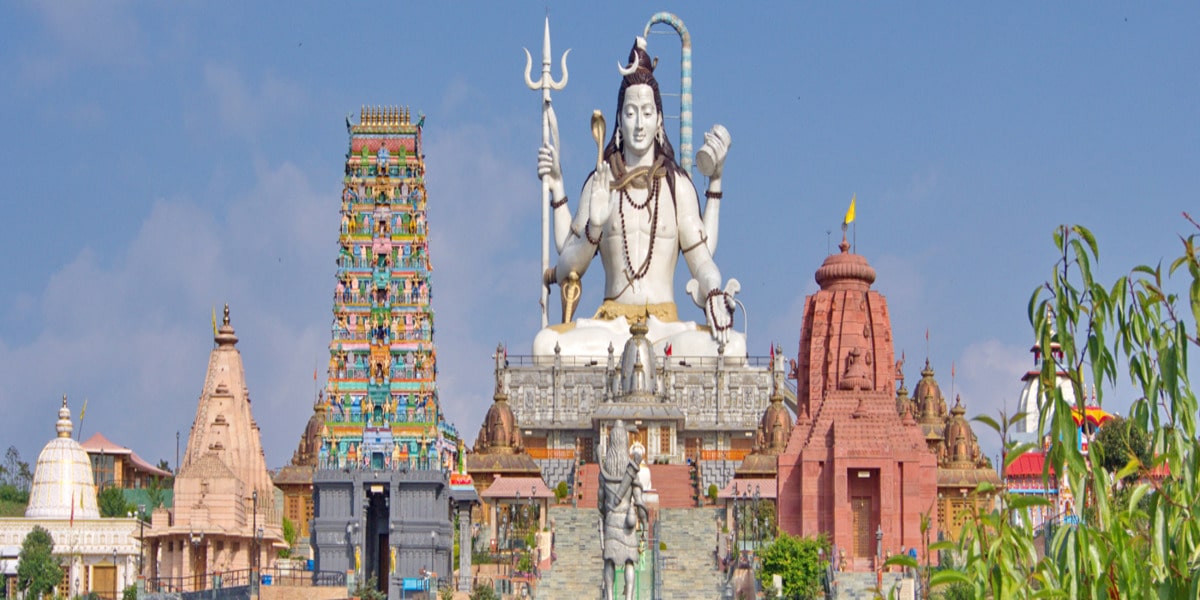
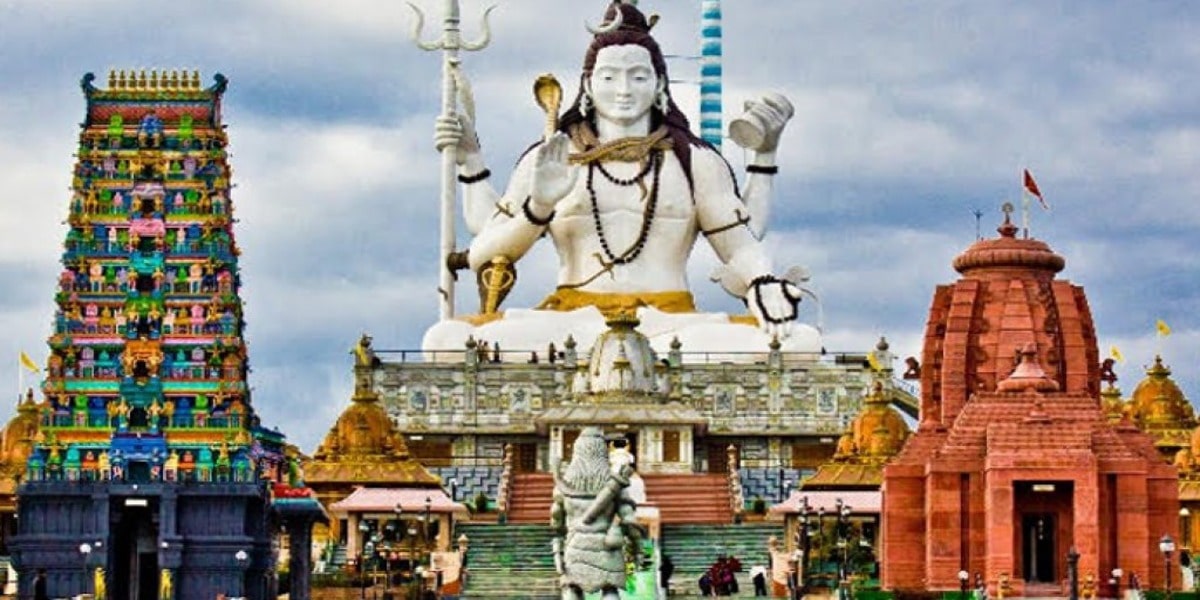
SOLOPHOK CHARDHAM
To advance Religious Tourism in Sikkim, this (Solophok Chardham) recently created Pilgrimage-cum-Cultural Centre is developed over the Solophok Hill in South-Sikkim. View for miles, the 261⁄2 m high statue of LordShiva in sitting stance that denotes the area of the fundamental sanctuary. Aside from this monster statue, the reproductions of twelve Jyotirlingas alongside the four Dhams; Badrinath, Jagannath, Dwarka and Rameshwaram are additionally introduced in the mind boggling (7 sections of land approx.). This impersonation of chardham in the midst of the tranquil idea of Sikkim has turned out to be one of the best traveler destinations in Sikkim, particularly among the aficionados of Lord Shiva.
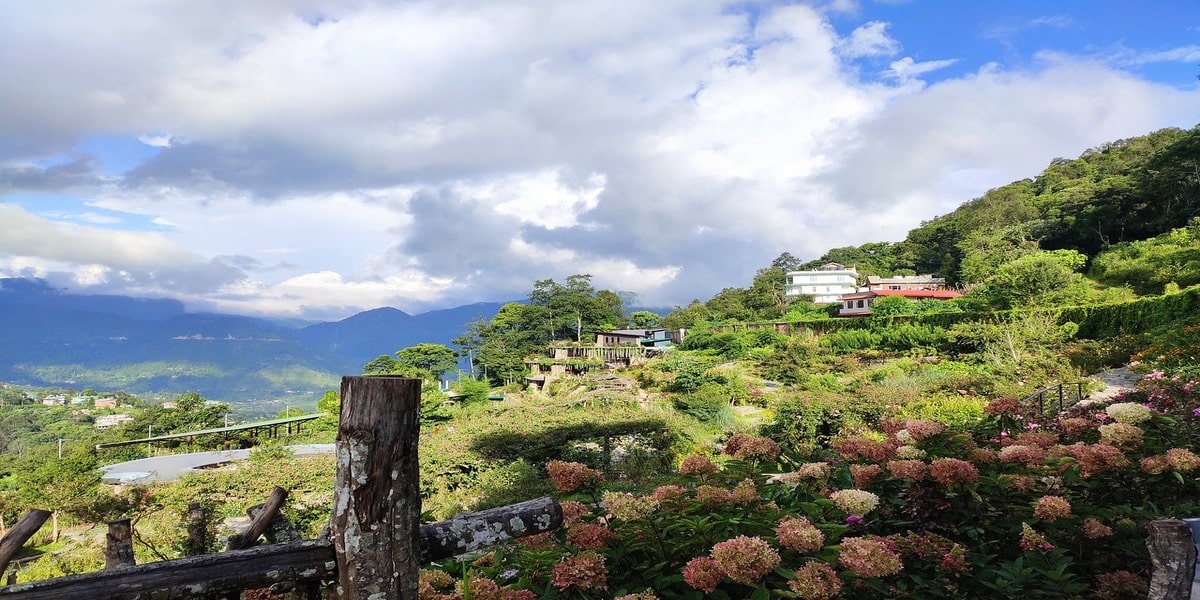
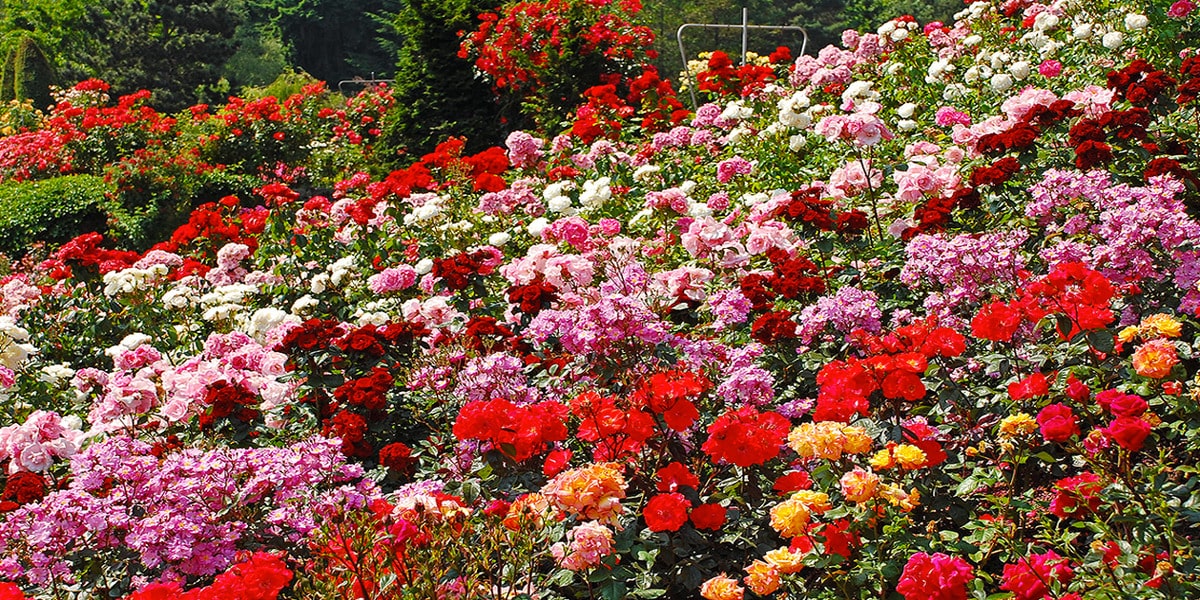
ROSE GARDEN SOLOPHOK
The Rose Garden Solophok is a picturesque garden located in Namchi in the Indian state of Sikkim. Spread over 2 hectares, the park is a popular tourist attraction and a must-visit for nature lovers and photography enthusiasts. The garden has over 50 roses, including hybrid tea, floribunda, and Grandiflora roses. Visitors can take strolls through the park, enjoying the beauty and fragrance of the roses. Benches are scattered throughout the garden, allowing visitors to sit and soak in the surroundings. The garden also features a variety of other plants, including marigolds, dahlias, and chrysanthemums. The park is beautifully landscaped, with winding pathways, water fountains,
and statues add to the place’s charm. The Rose Garden Solophok is close to other popular tourist attractions, including the Char Dham temple, the Samdruptse Hill, and the Namchi market. It is an ideal spot to visit on a day trip to Namchi or as part of a larger itinerary in Sikkim. The best times to visit the garden are when the roses bloom in spring and summer.
PLACES TO VISIT IN WEST SIKKIM

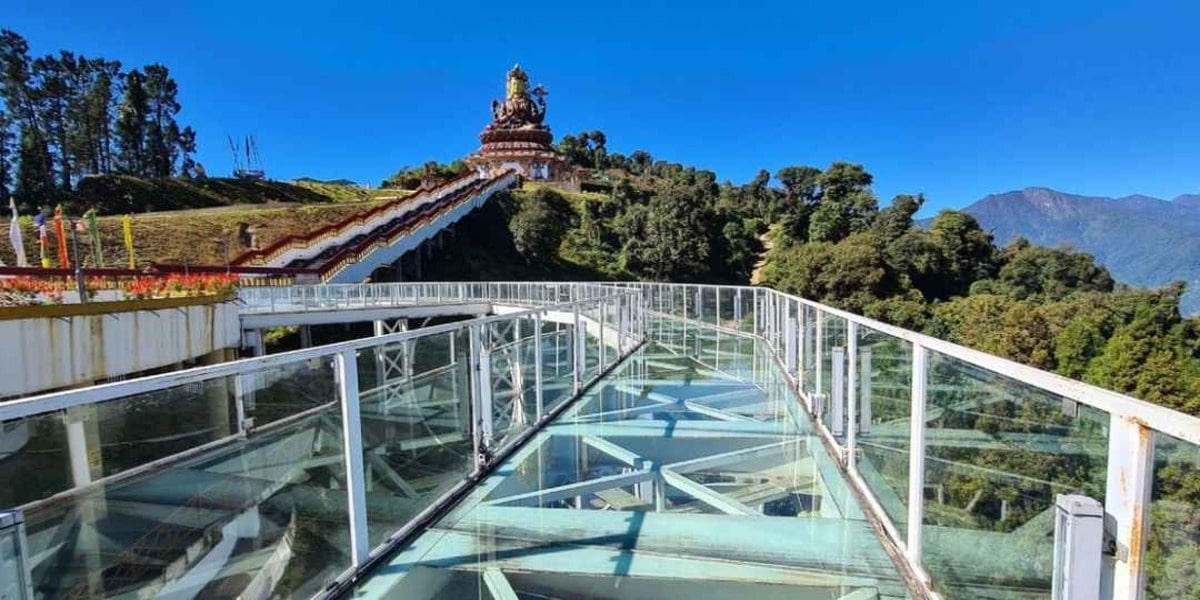
PELLING GLASS SKYWALK
The Glass Skywalk is India’s first ever skywalk, set in the picturesque town of Pelling in Northeast Sikkim. Built at an astounding height of 7200 feet, this colossal structure allows tourists to look down several thousand feet in the air, from the peak to the very bottom of mountains. The Glass Skywalk is not for the fainthearted, or for people with vertigo as walking on transparent glass at such heights can be spine-chilling!.
The Pelling skywalk is a transparent foot-over bridge made out of glass that is suspended hundreds of feet in the air. Since its inauguration in November 2018, the skywalk has become a major hub of tourists owing to the odd concoction of thrill and peace that it has to offer. There are several attractions that can be viewed from over the bridge including
waterfalls, lush forests and monasteries. It is located adjacent to the marvelous statue of Chenrezig, which is a famous Buddhist pilgrimage site. The skywalk overlooks the magnificent Kanchenjunga, as well as the Teesta and Rangit rivers, which flow alongside adding another dimension to the serenity of the place.
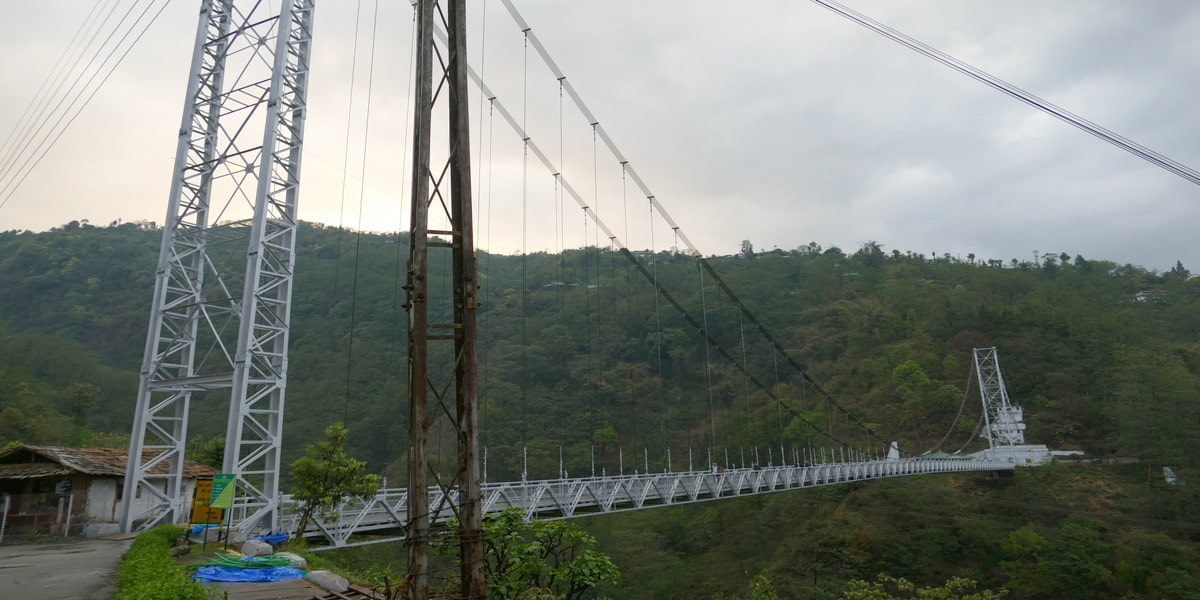
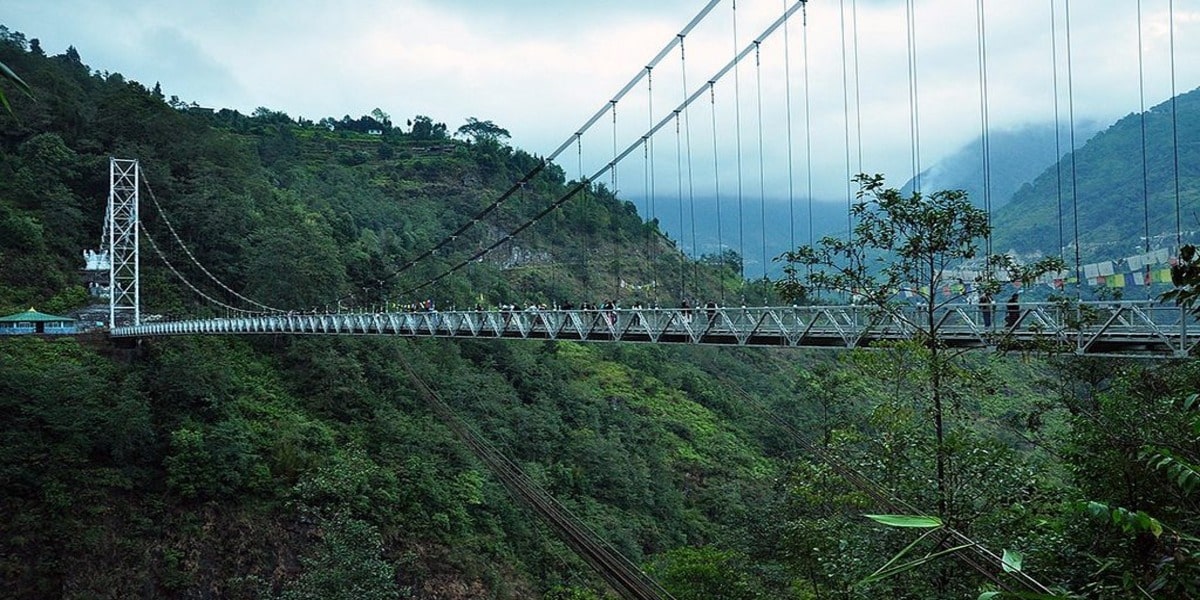
SINGSHORE BRIDGE – THE HIGHEST BRIDGE IN SIKKIM
Singshore, the highest bridge in Sikkim, has an elevation of 198 m above the ground. Assuring spectacular views and incredible clickable sights, it also happens to be among the highest gorge bridges in Asia. Since it is encircled with lush green hills that are dotted with waterfalls, Singshore Bridge has become a popular attraction among tourist places in Pelling. Enjoying the mesmerizing views from Singshore Bridge is surely among the best things to do in Pelling.
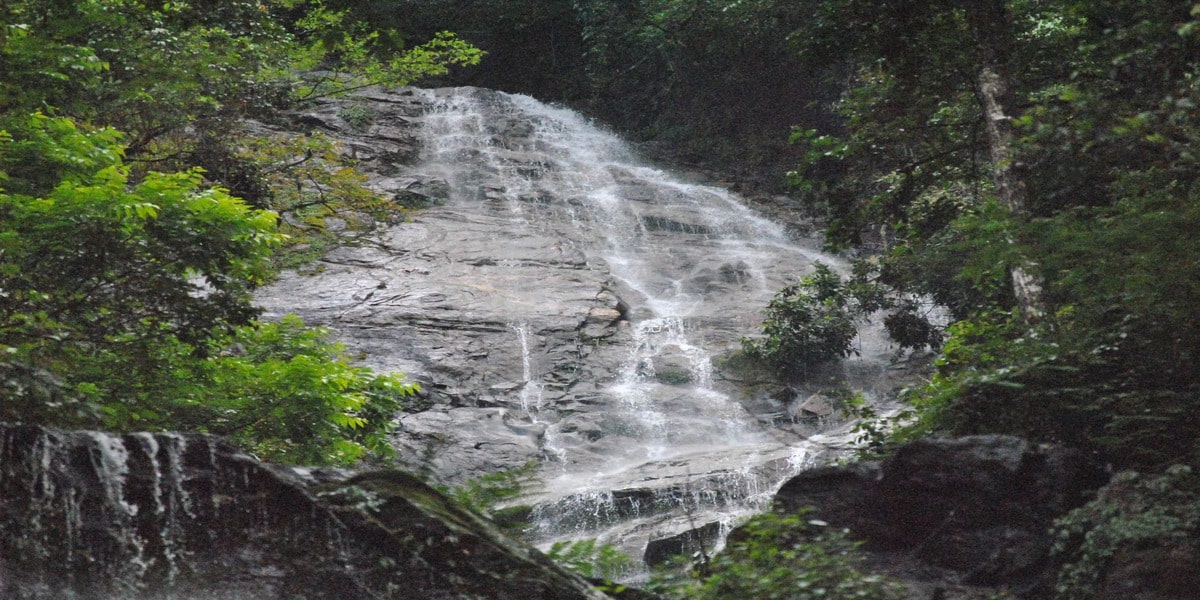
KANCHENJUNGA FALL – THE MILKY STREAM
As this Himalayan stream gushes down to the ground, it sings a song you’ll want to put on repeat
mode. Kanchenjunga Fall, being an important tourist attraction of Sikkim, is a must visit when you’re in Pelling. It’s just an hour away and takes you through a truly scenic route. The rocky path leading to the fall lets you get closer to nature. For adventure-junkies, there is an option of rope sliding. Kanchenjunga Falls are a perennial waterfall and monsoon season is a heaven.
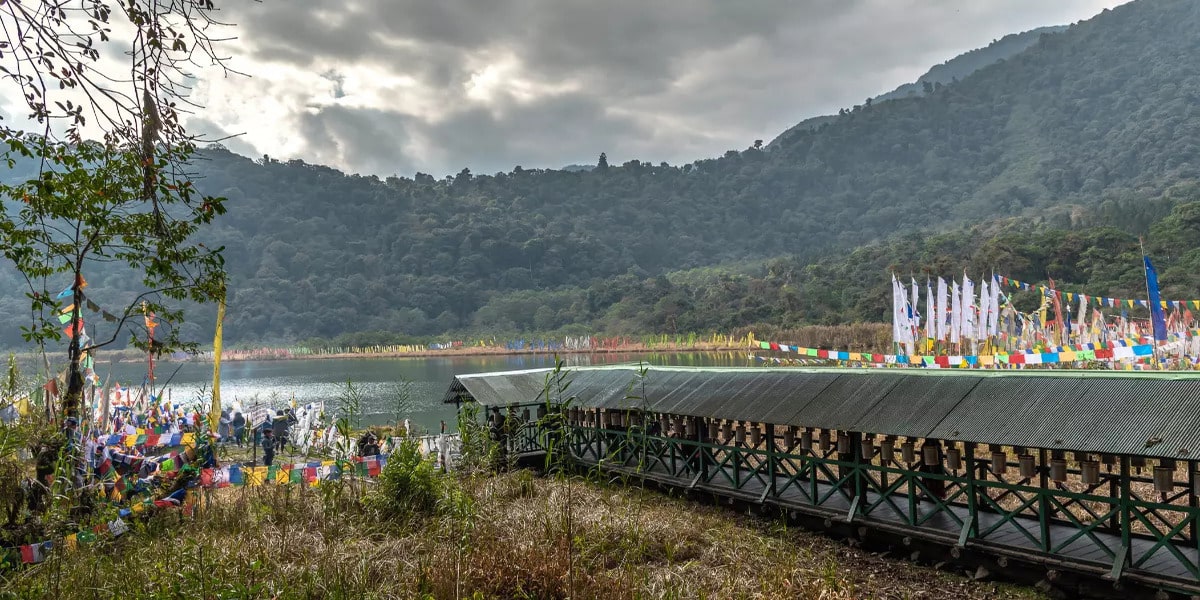
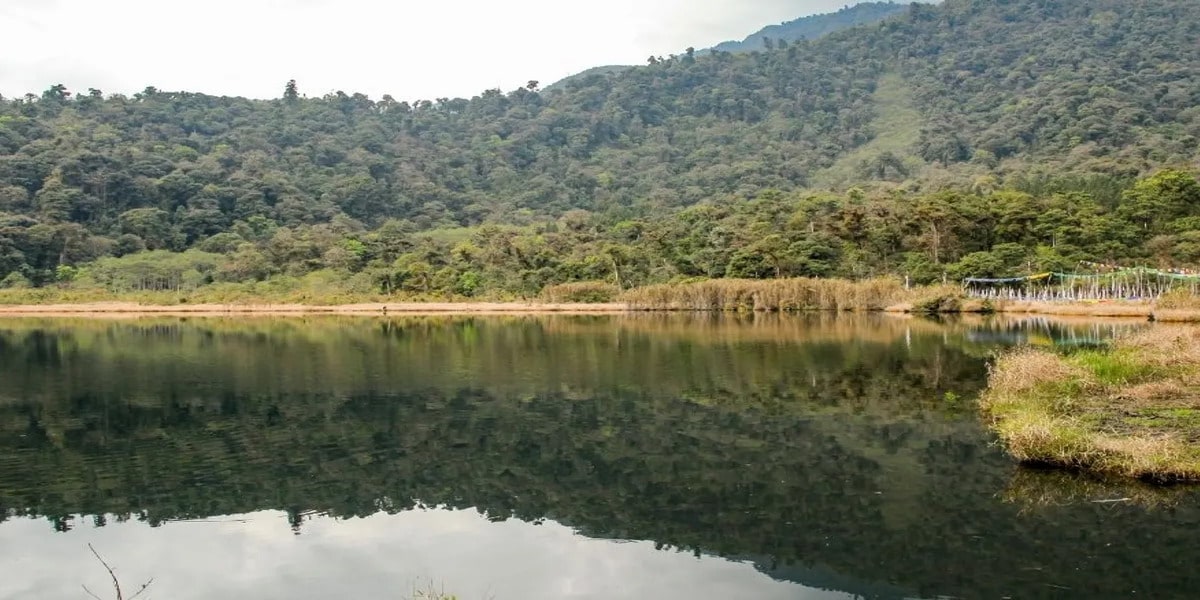
KHECHEOPALRI LAKE – WHERE TRANQUILITY AND DIVINITY BLEND
A serene and scenic attraction, Khecheopalri Lake holds religious significance as well. Buddhists
and Hindus both consider this lake a divine one. Also, for trekkers and explorers, it is one of the best places to visit in Pelling, Gangtok. You can spend a night in the nearby lodges that allow quick access to the lake. Try not missing Maghe Purne Festival celebrated by chanting hymns floating diyas on the lake and offering food. This 2-day festival is organized in March/April.
Distance from Pelling: 32 km; The Lake is an important highlight of the Yuksom-Pelling trek
that passes through hamlets, woods and cardamom fields.
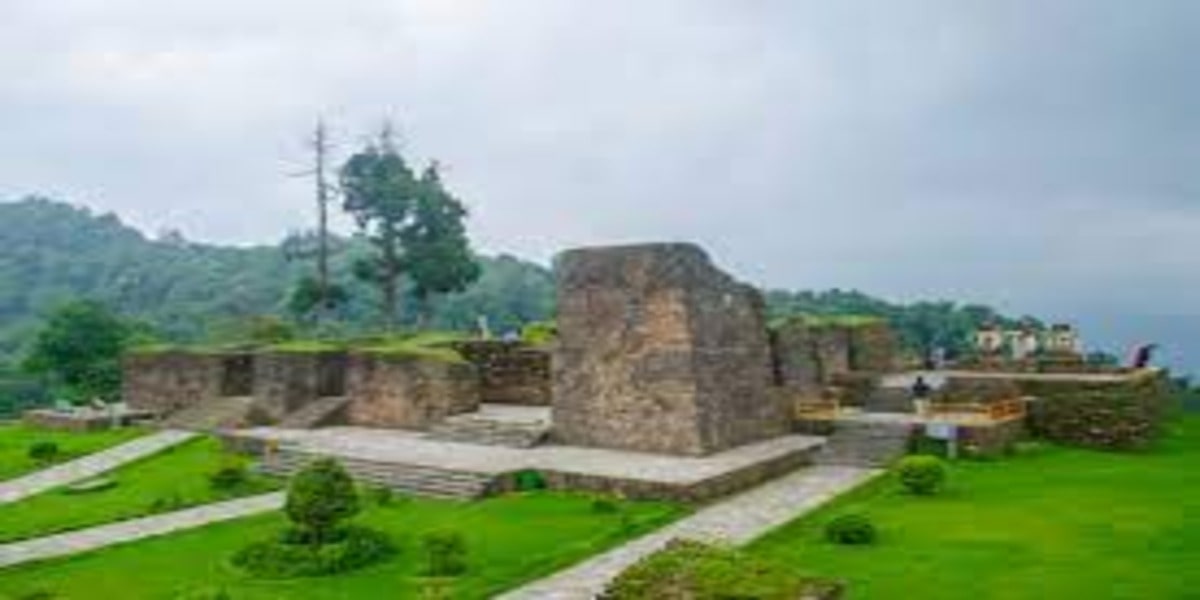
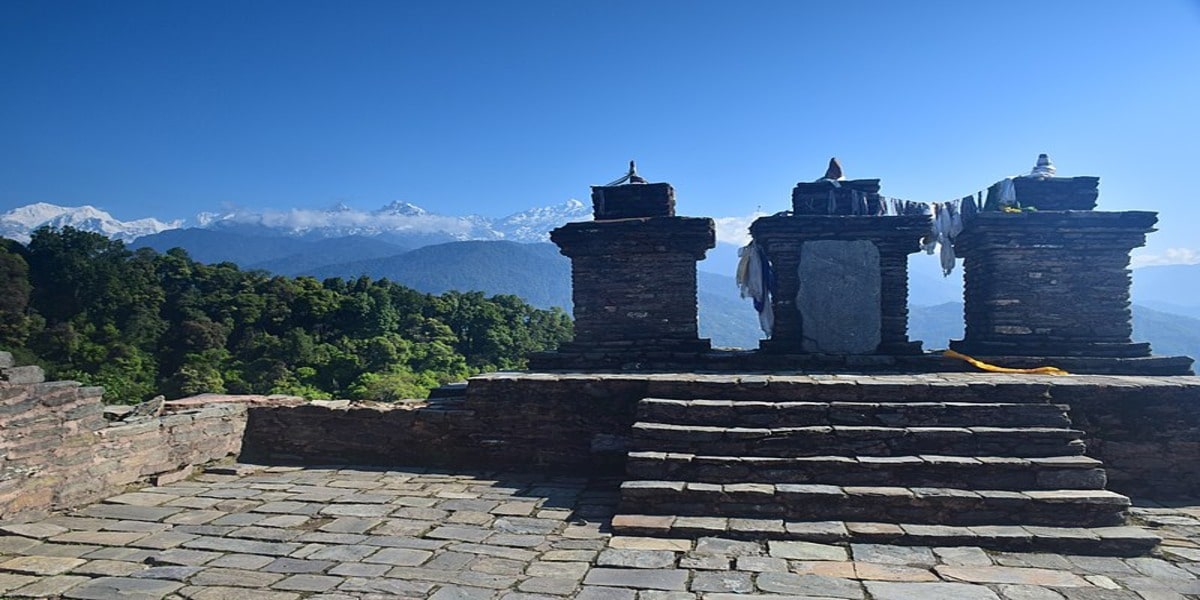
Rabdentse Ruins – History with a Magnificent View
Just at walk able distance from Pemayangtse Monastery, surrounded by thick woods and lakes, is
where you’ll find Rabdentse Ruins – a popular tourist attraction in Pelling. The sight is of national importance, as announced by Archeological Survey of India. Chadok Namgyal established it in 1670 post shifting his capital from Yuksom. All of Chadoks establishments in the city were destroyed by Gurkha army, only the chortens and the ruins were left behind. Your Pelling sightseeing is incomplete without a visit to these ruins with history dating back to way before 1800s.
Timings of Rabdentse Ruins: The Ruins are open through the week, from 6 am to 6 pm. Try visiting during daylight.
Distance from Pelling: 36 km




